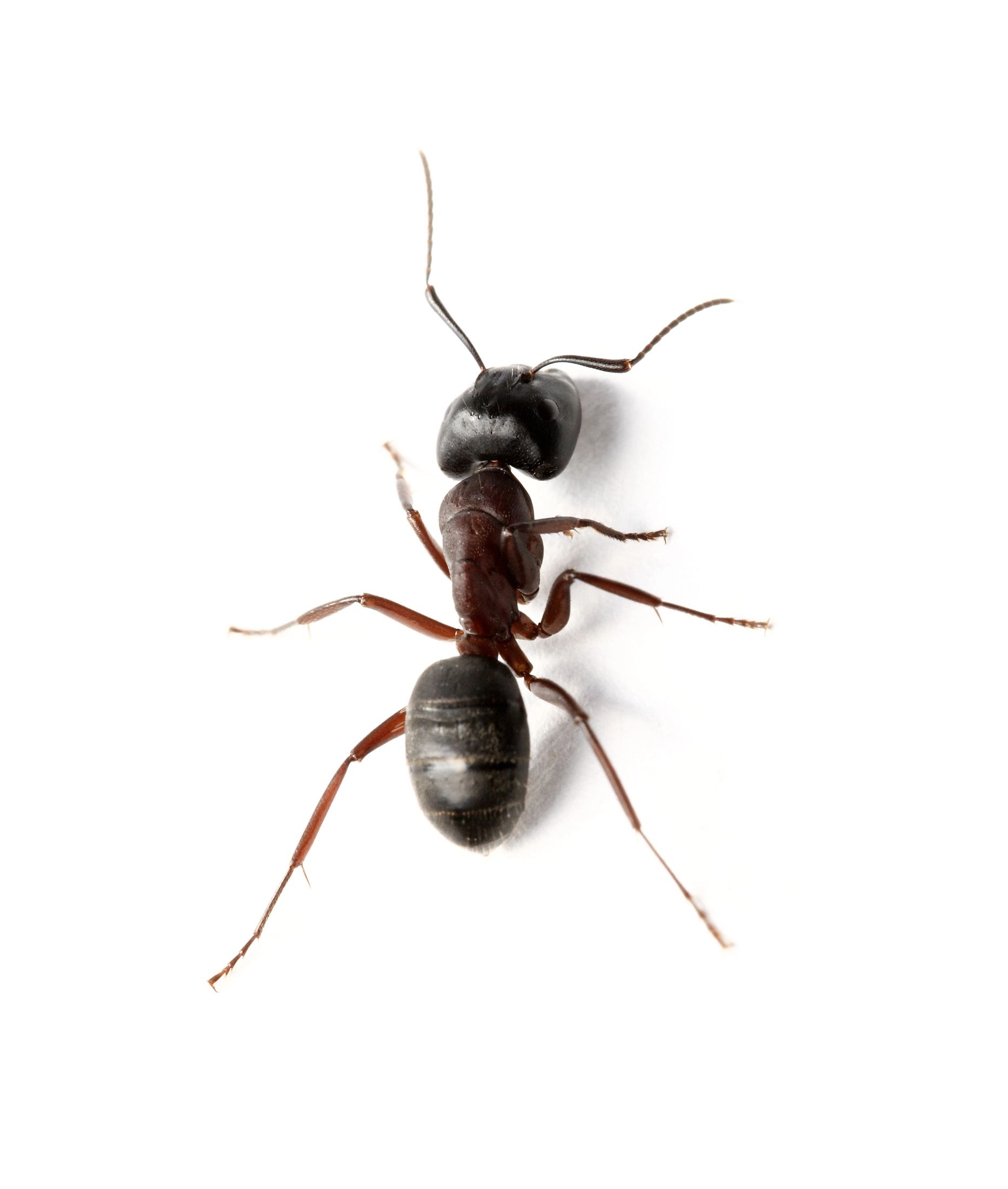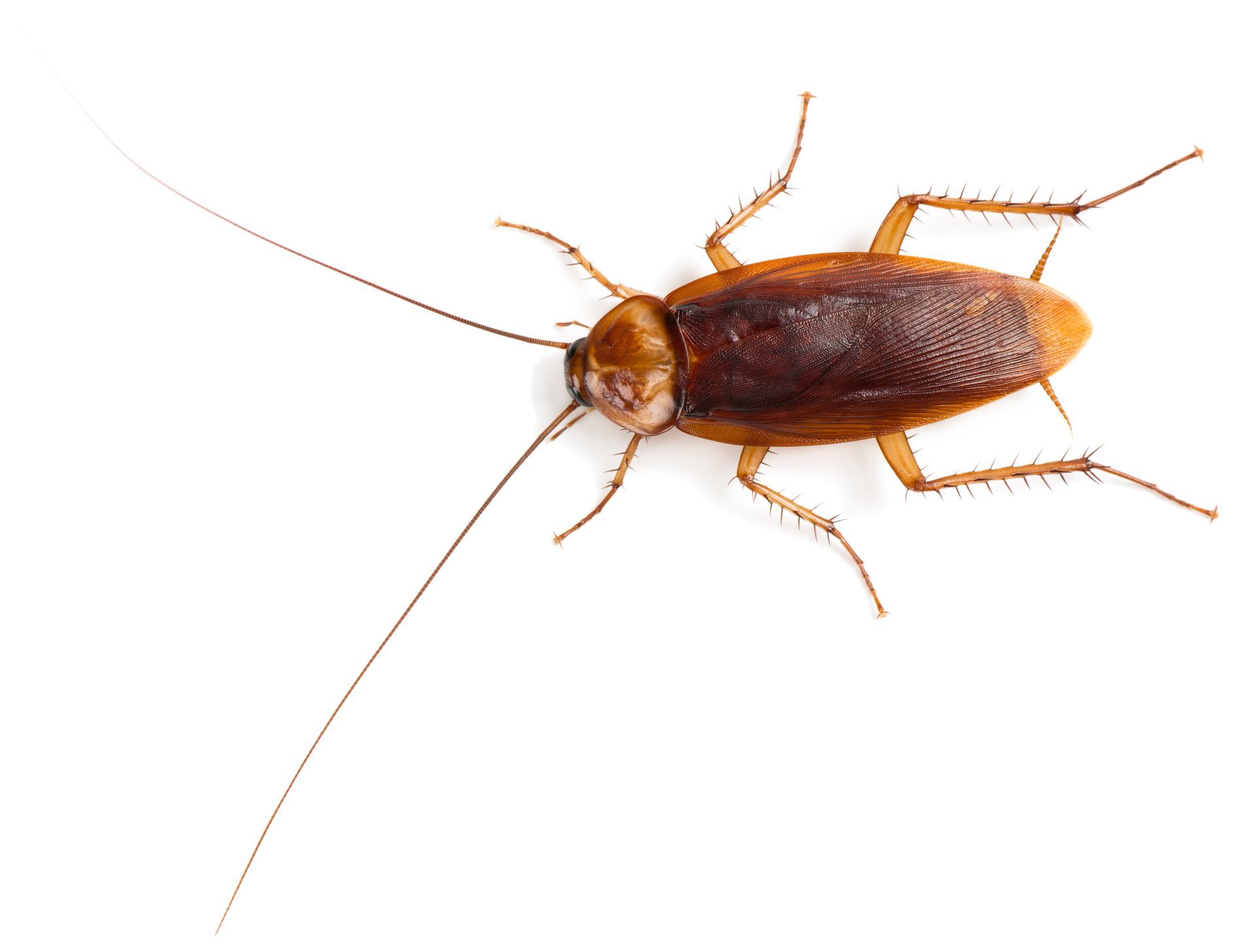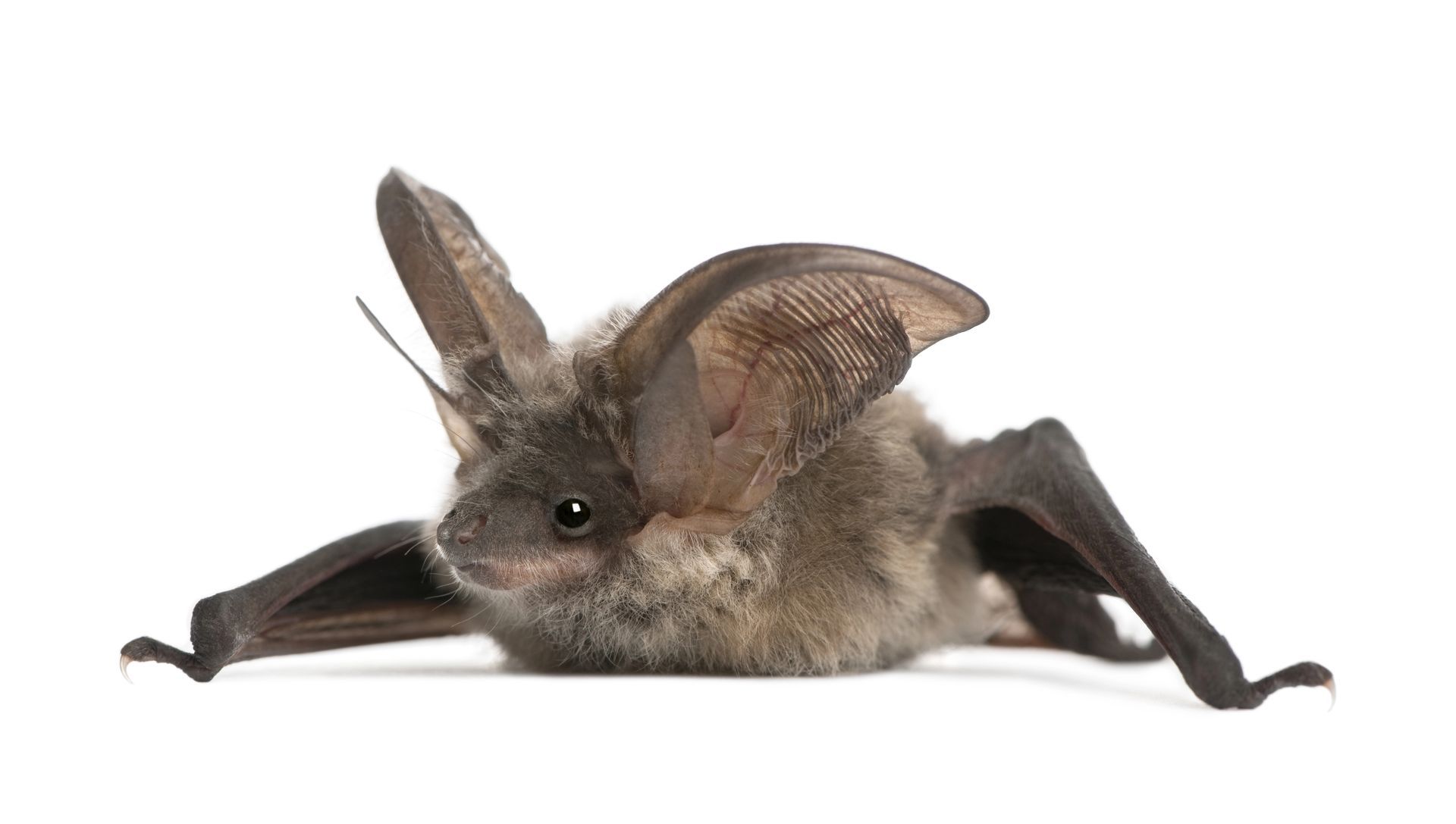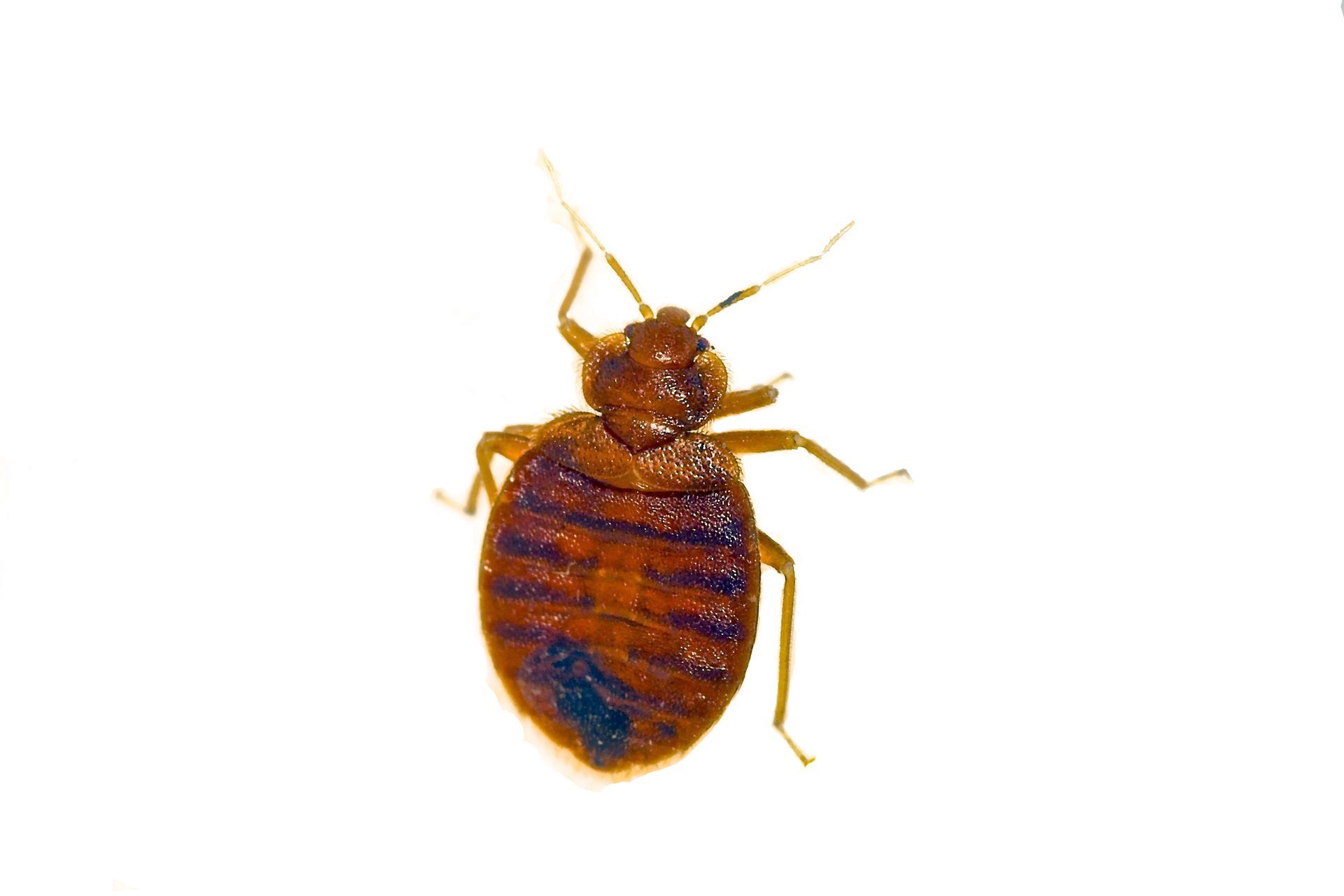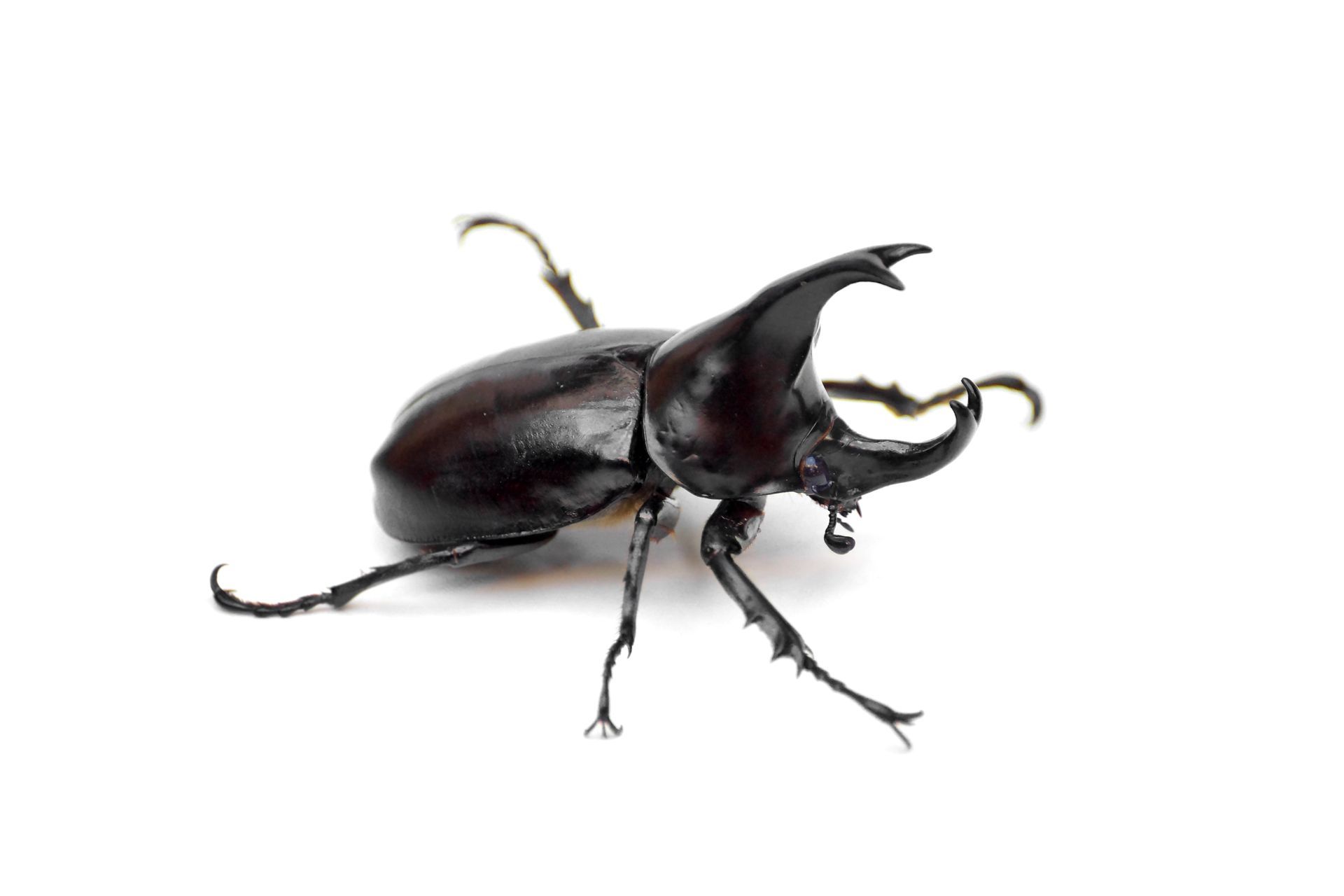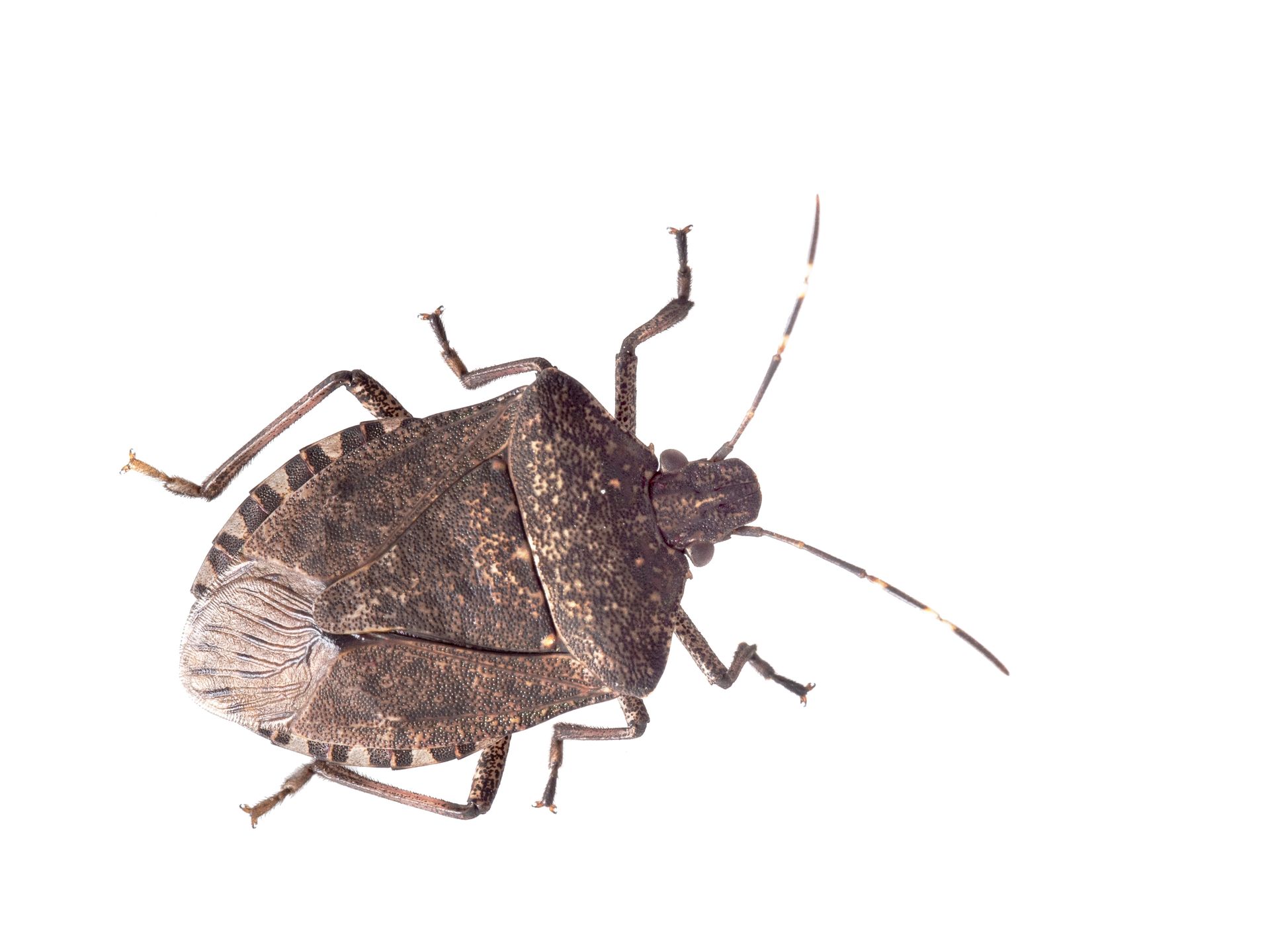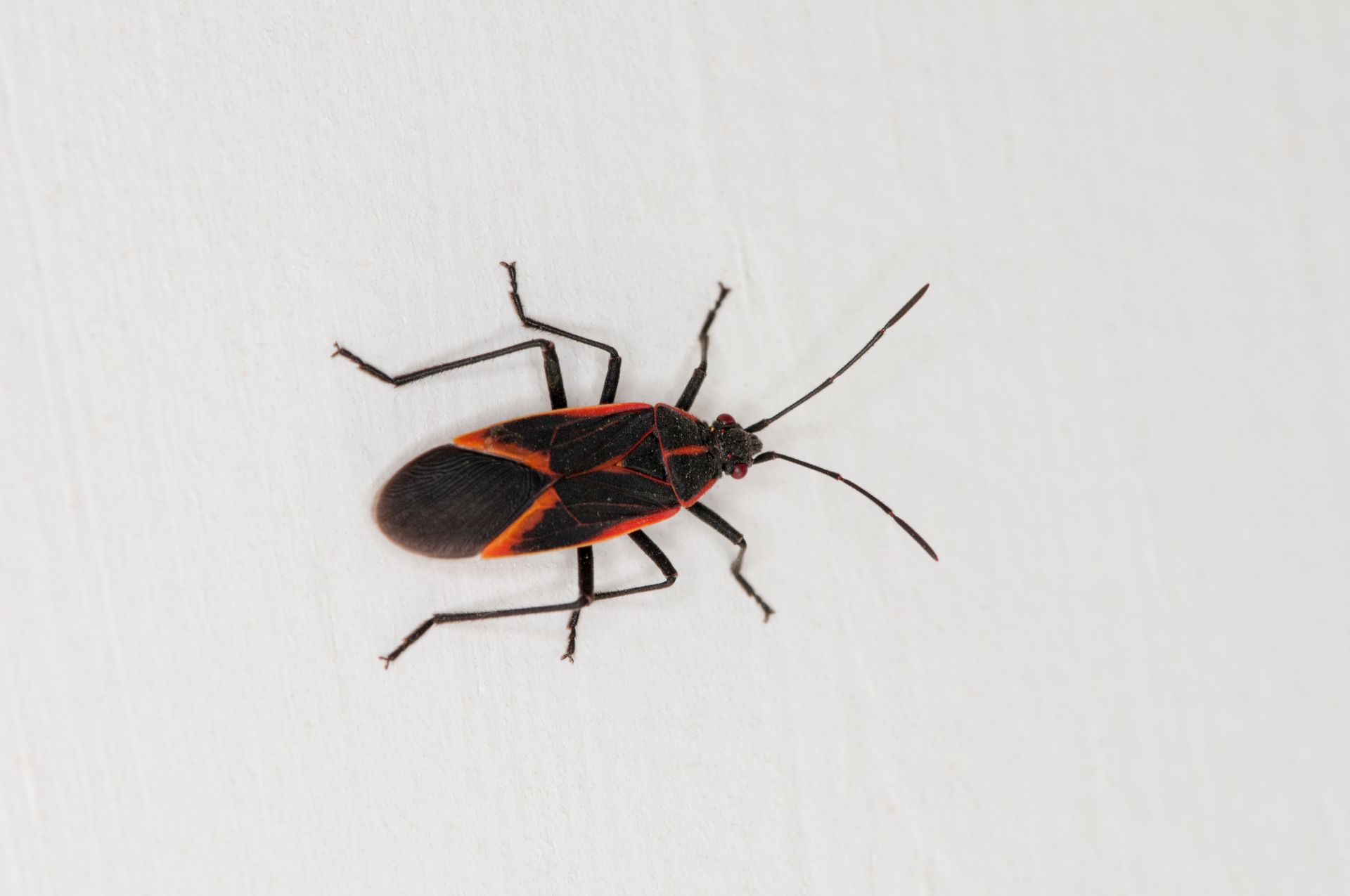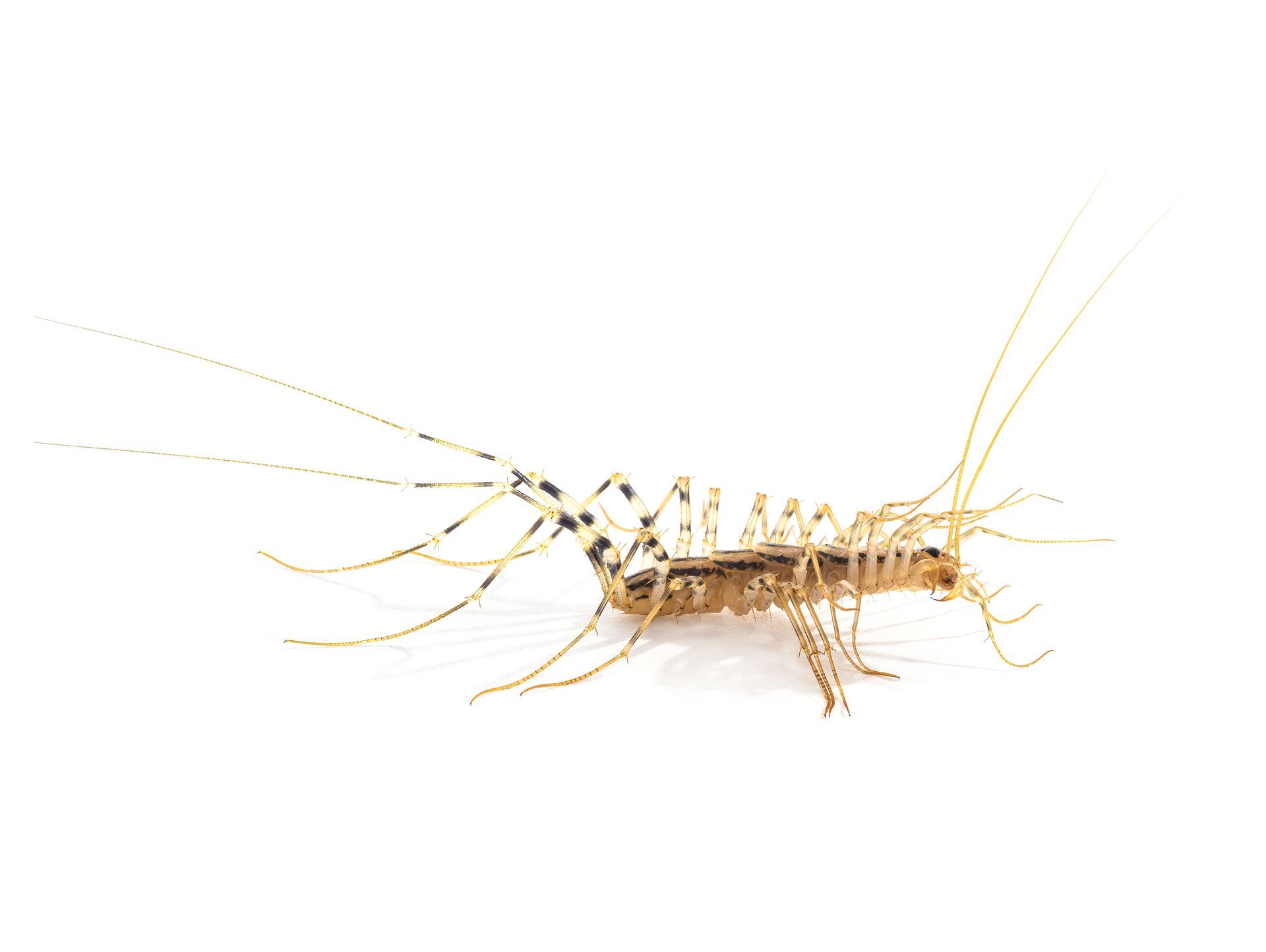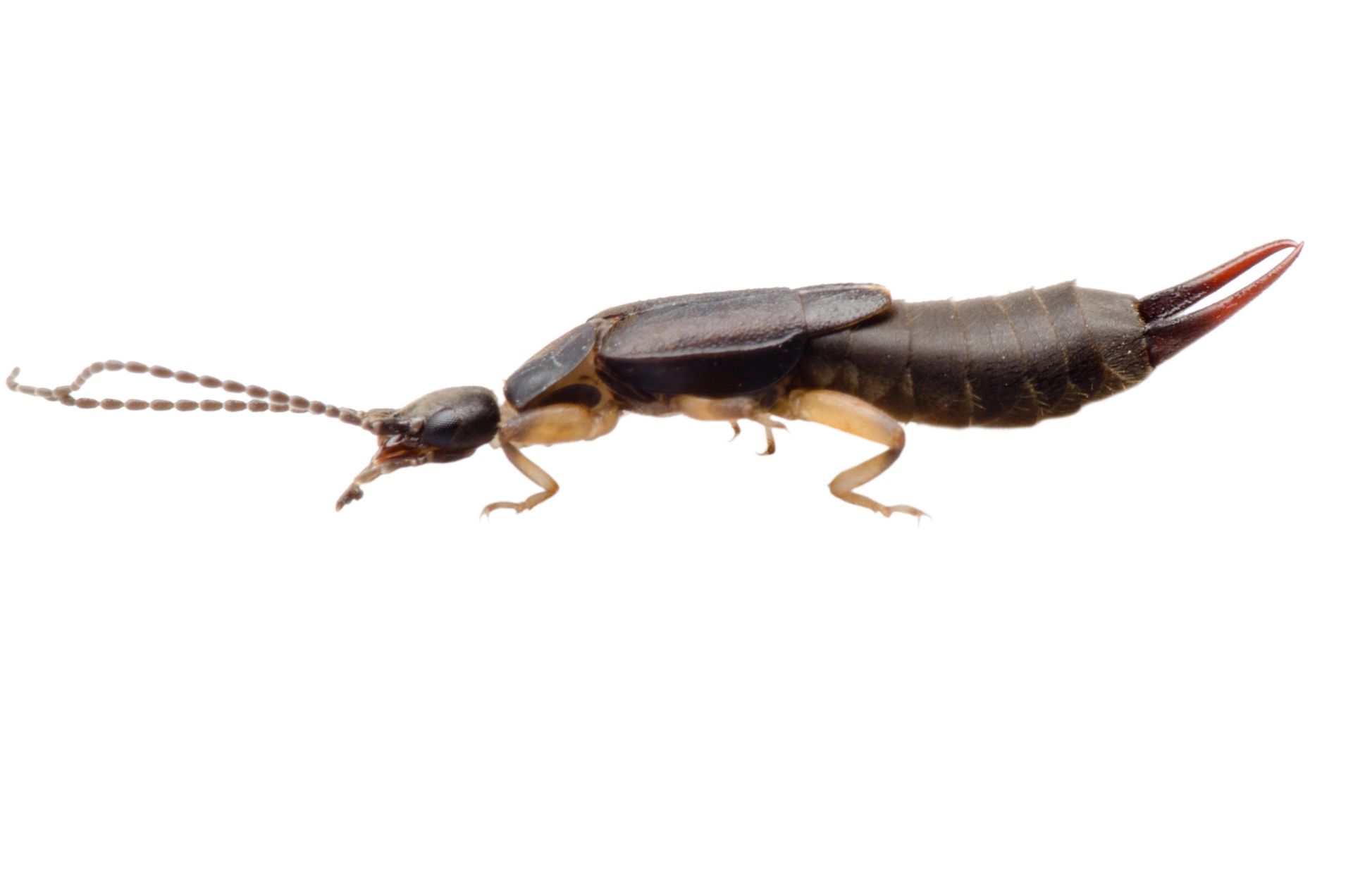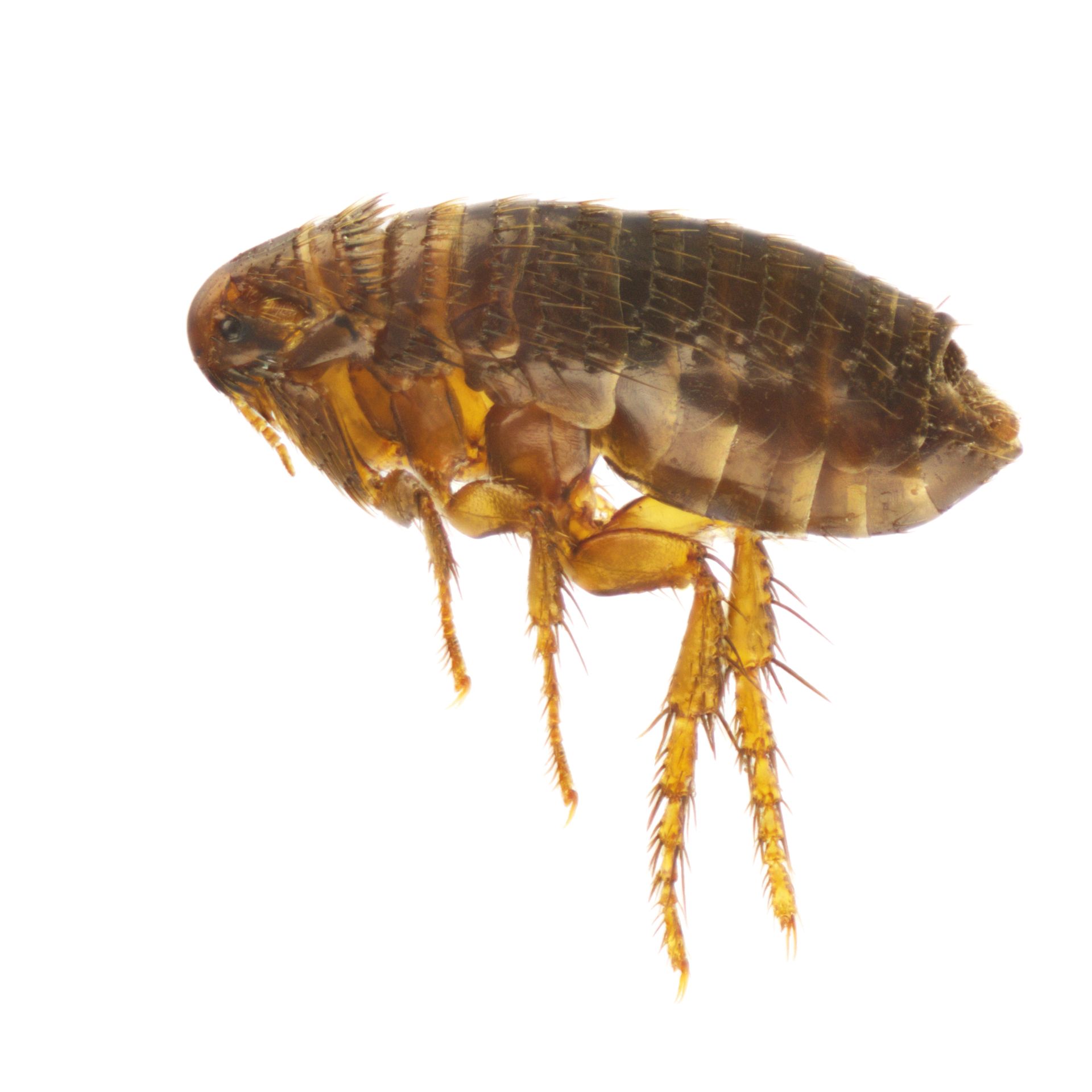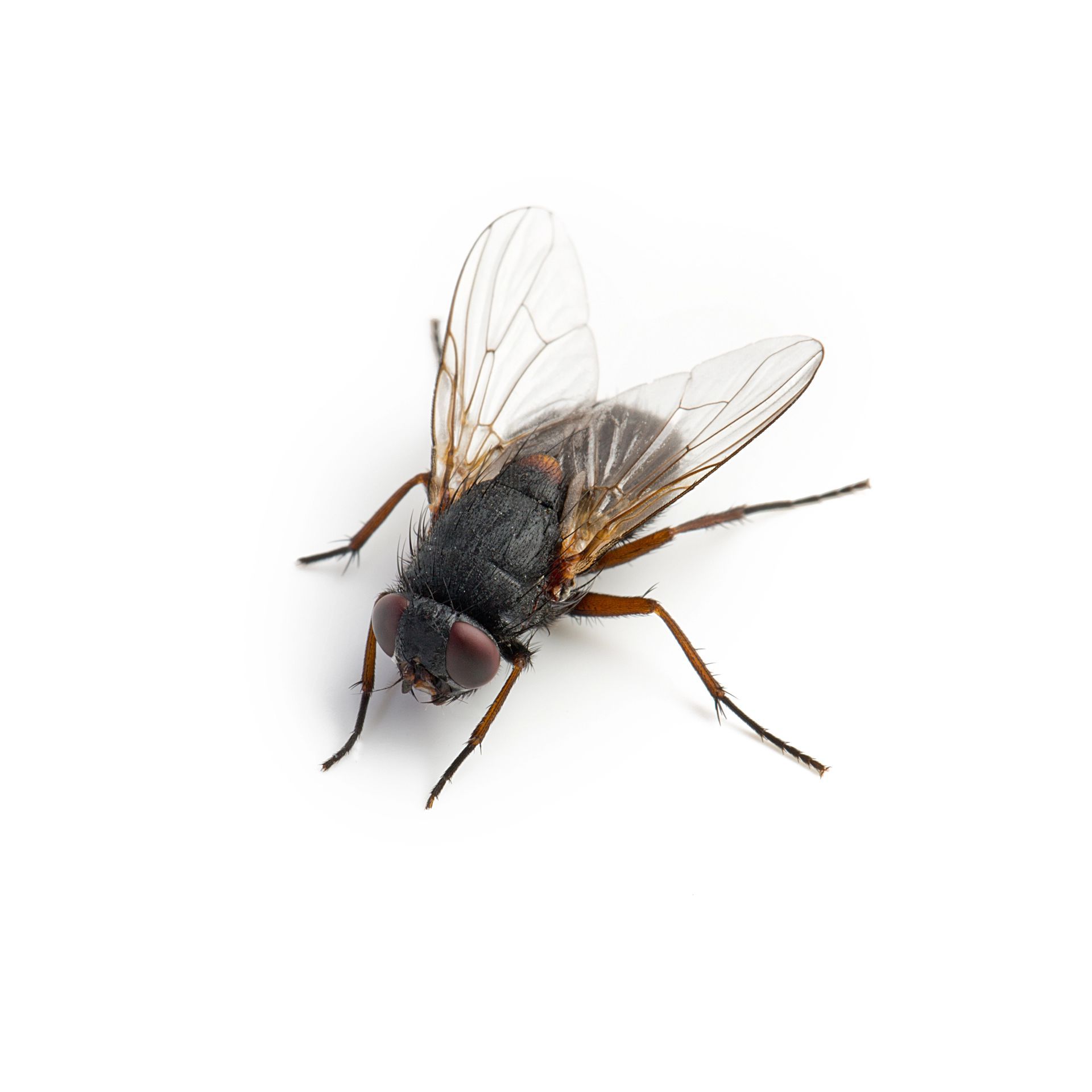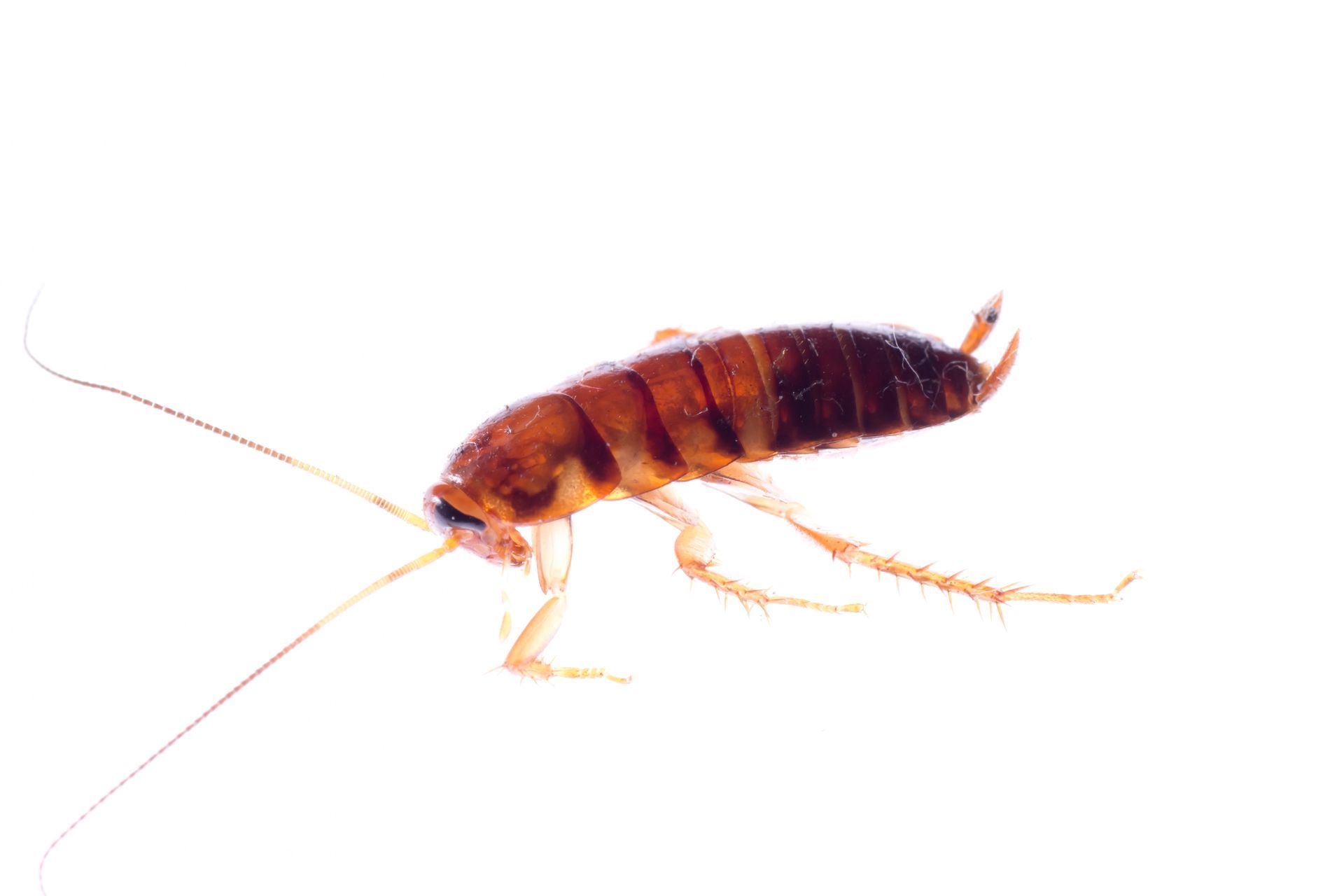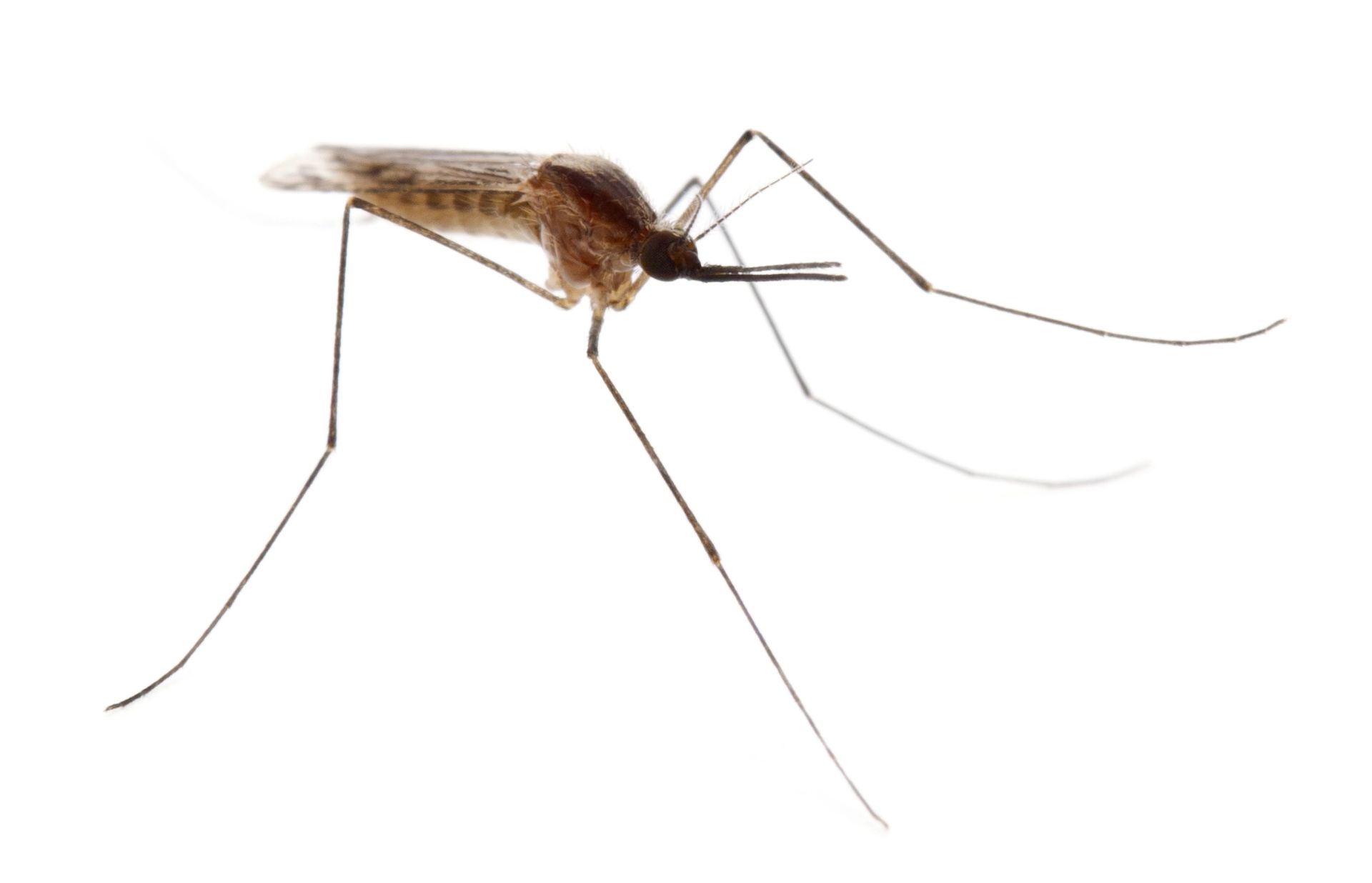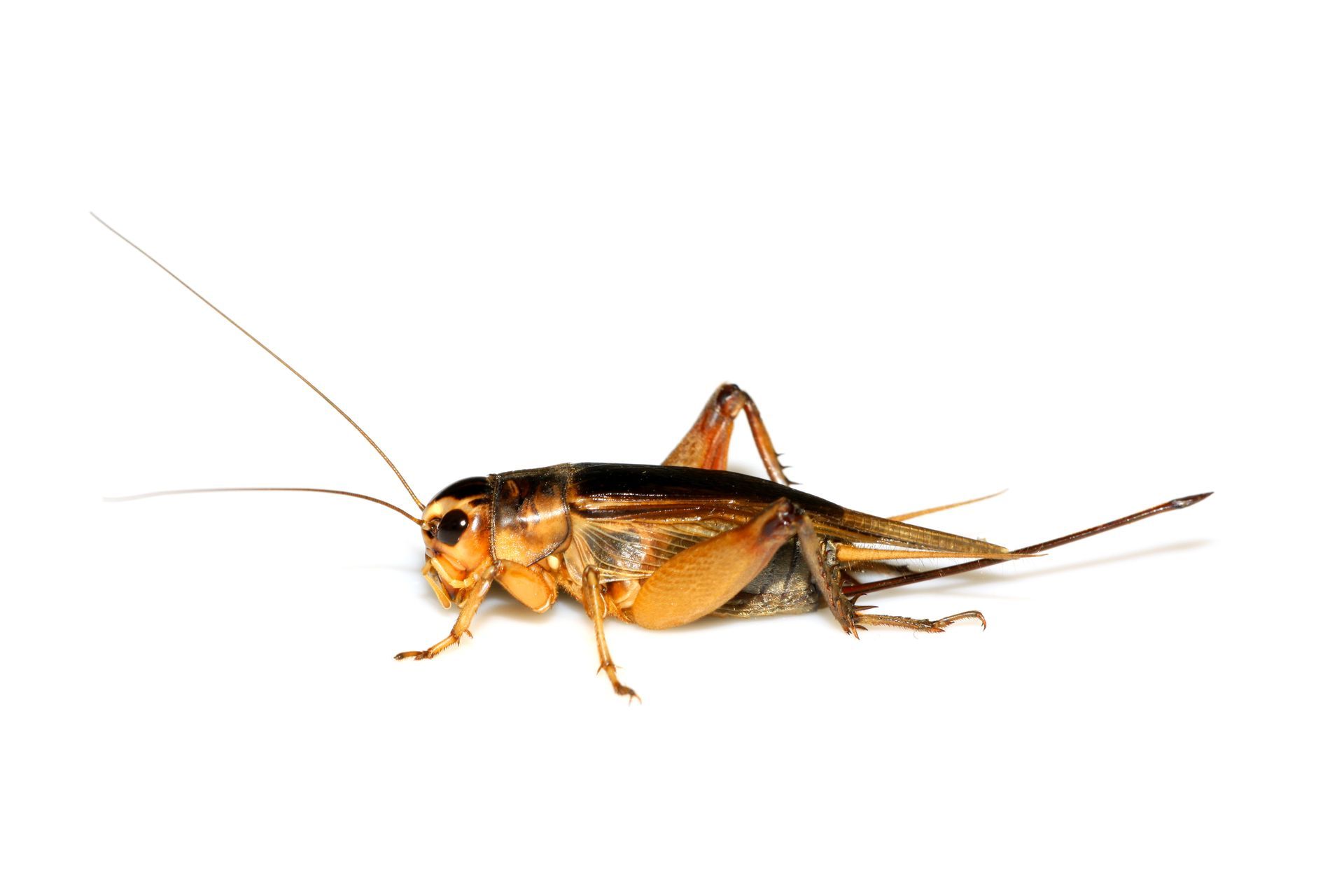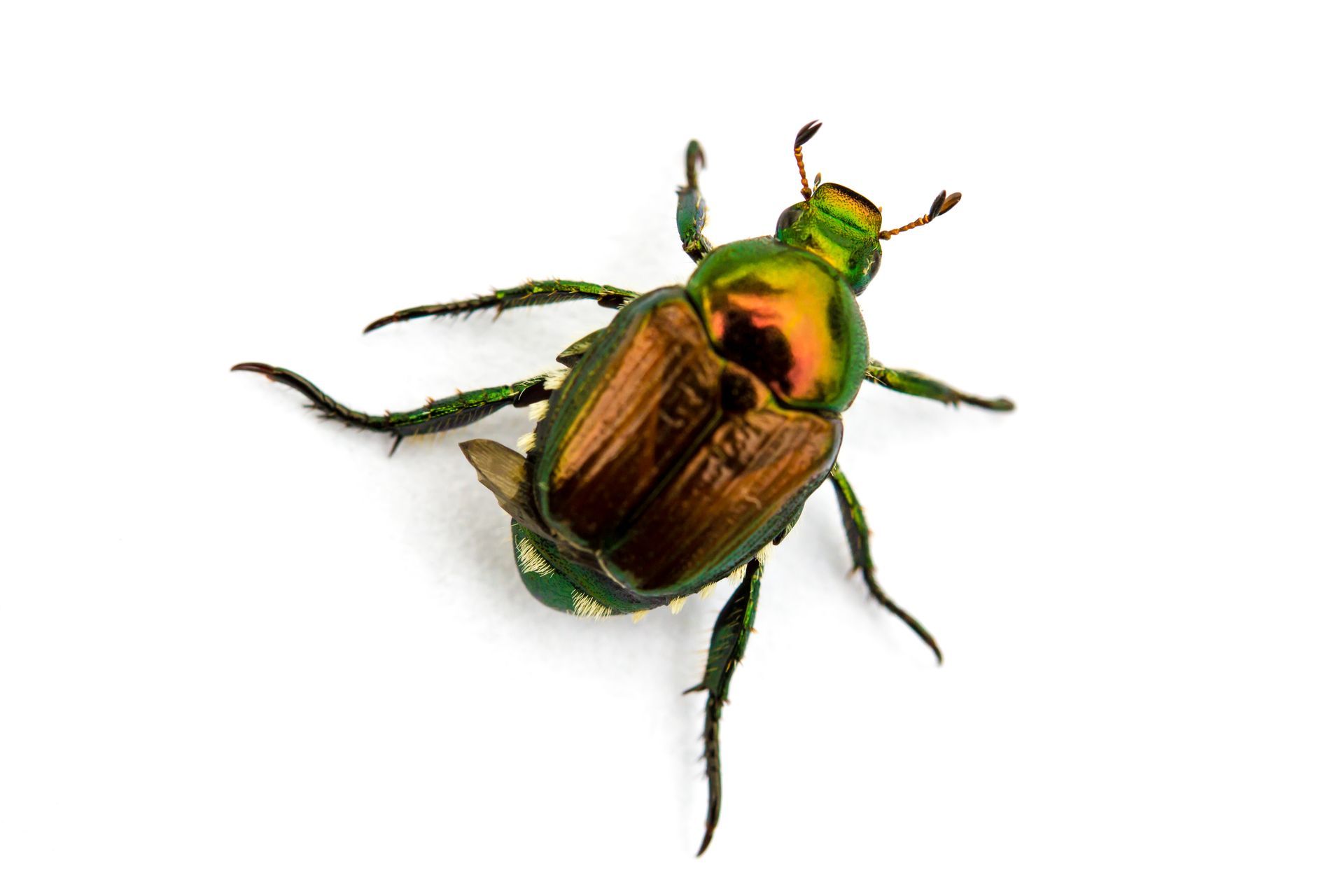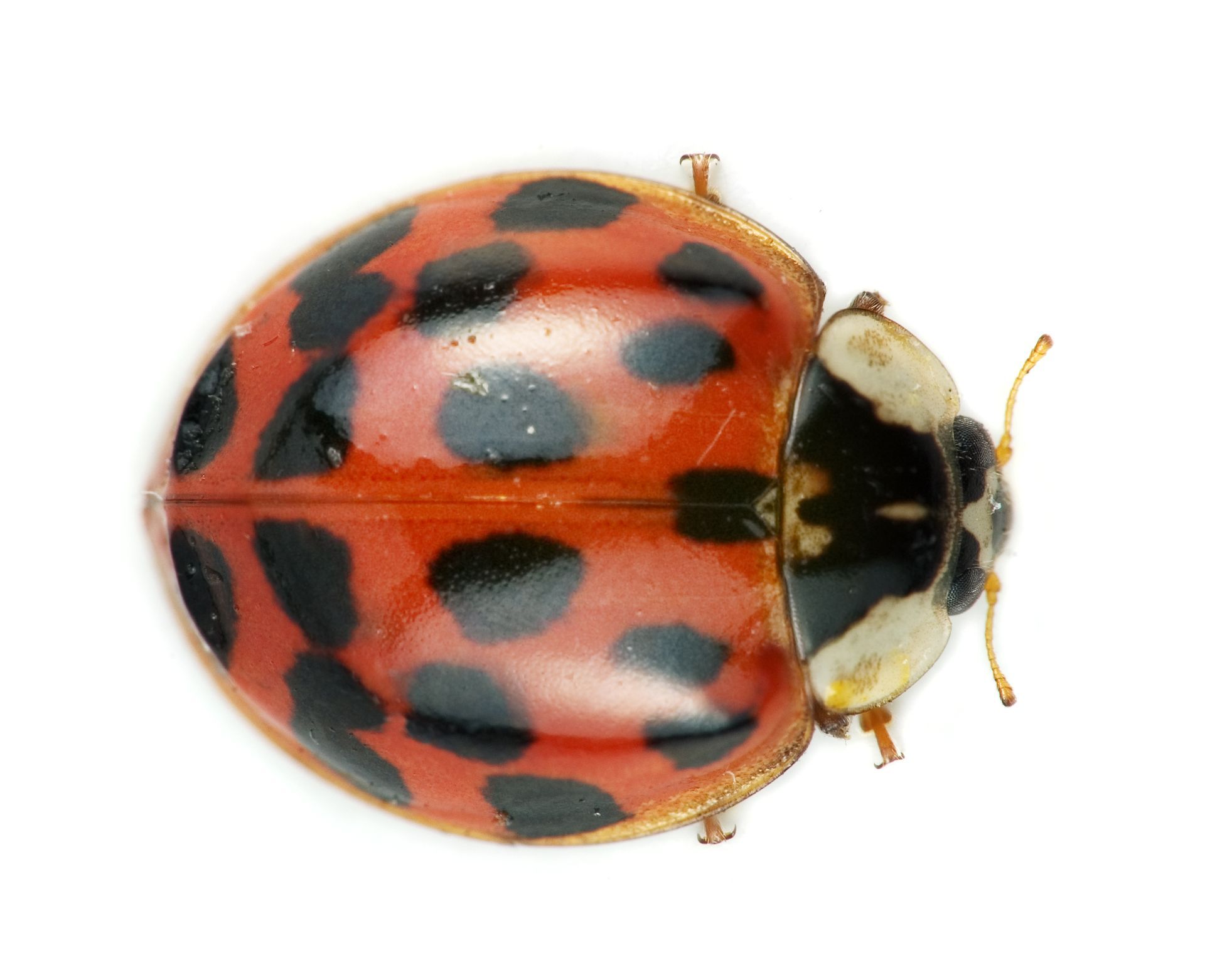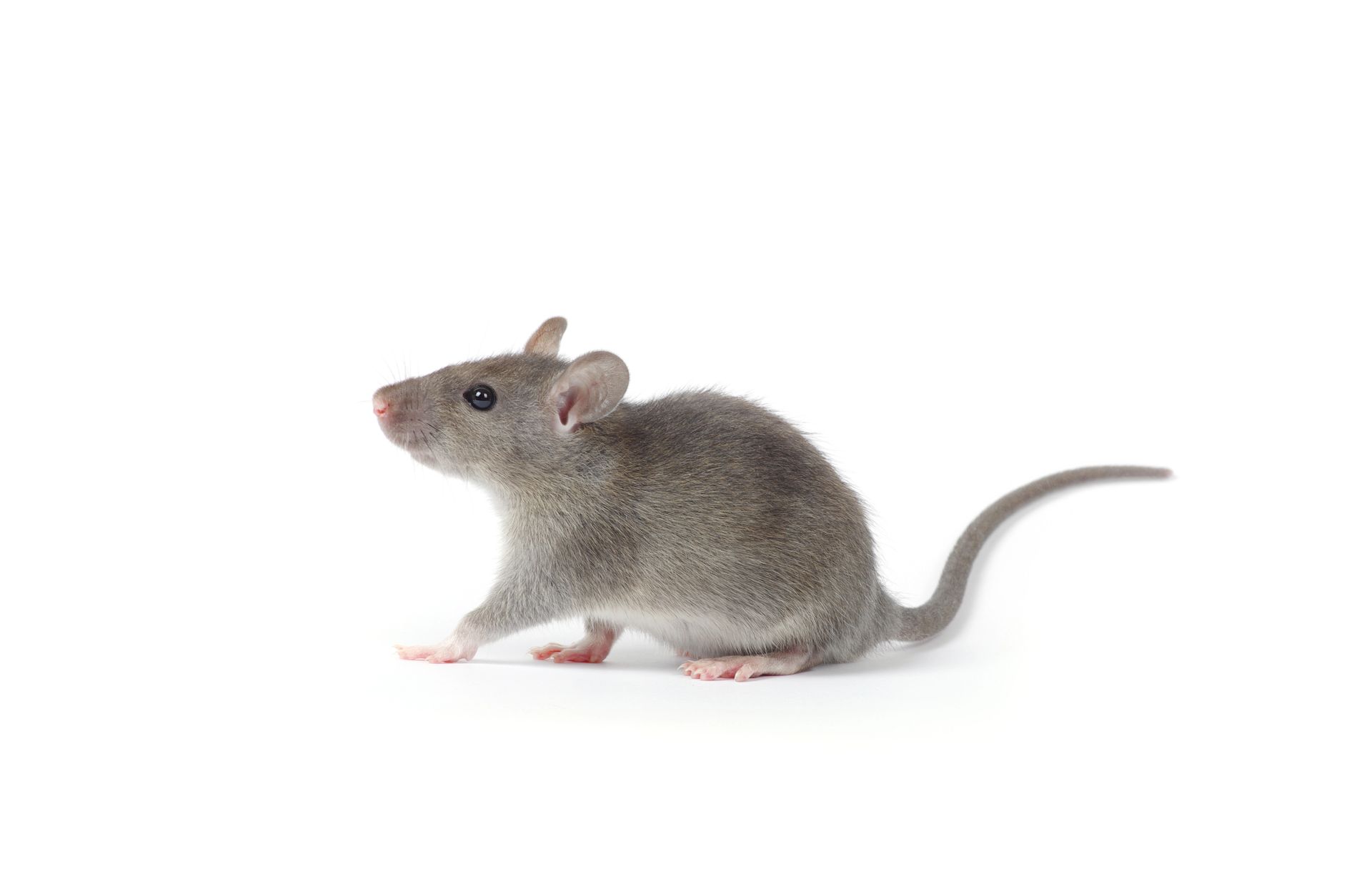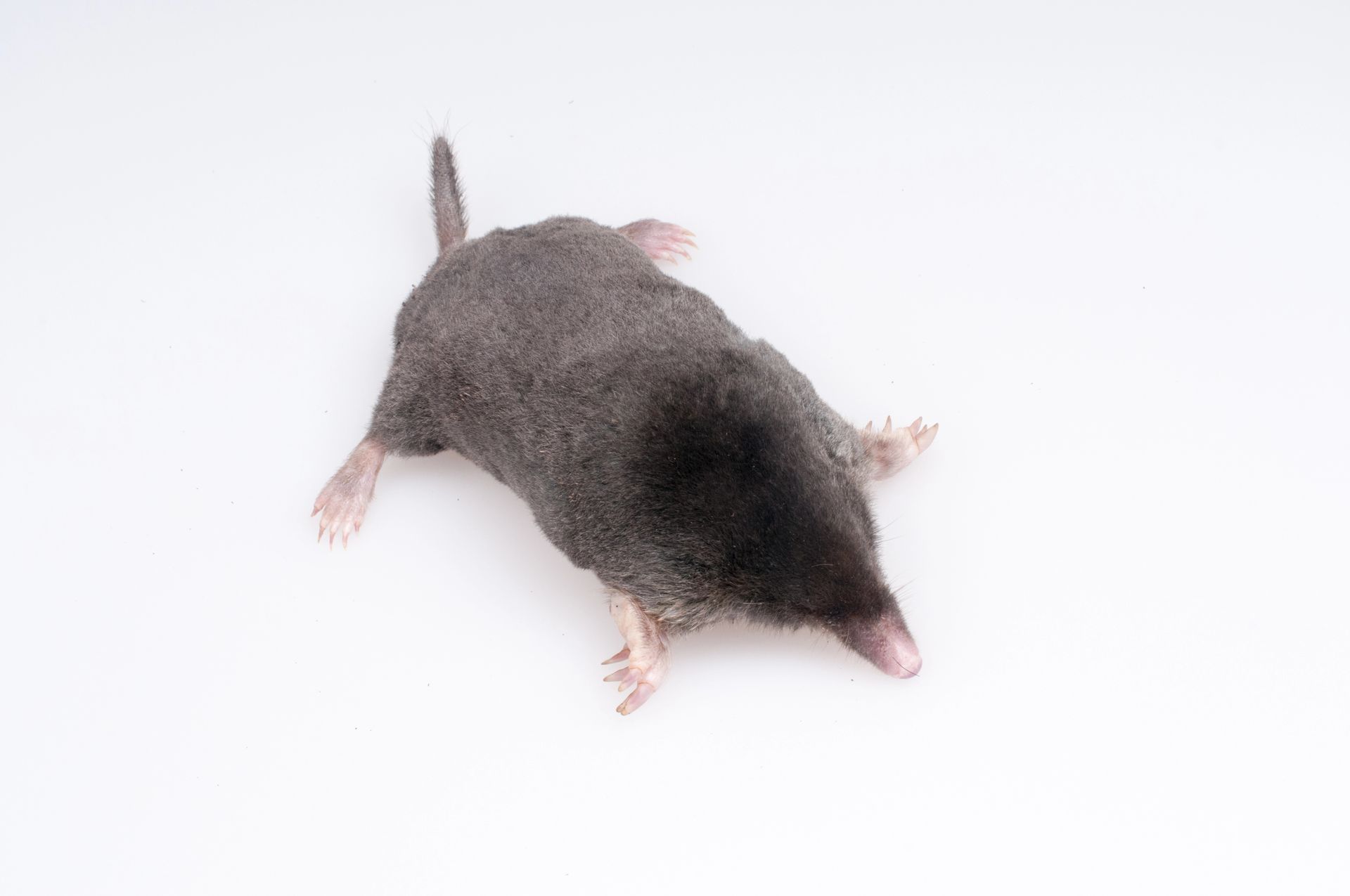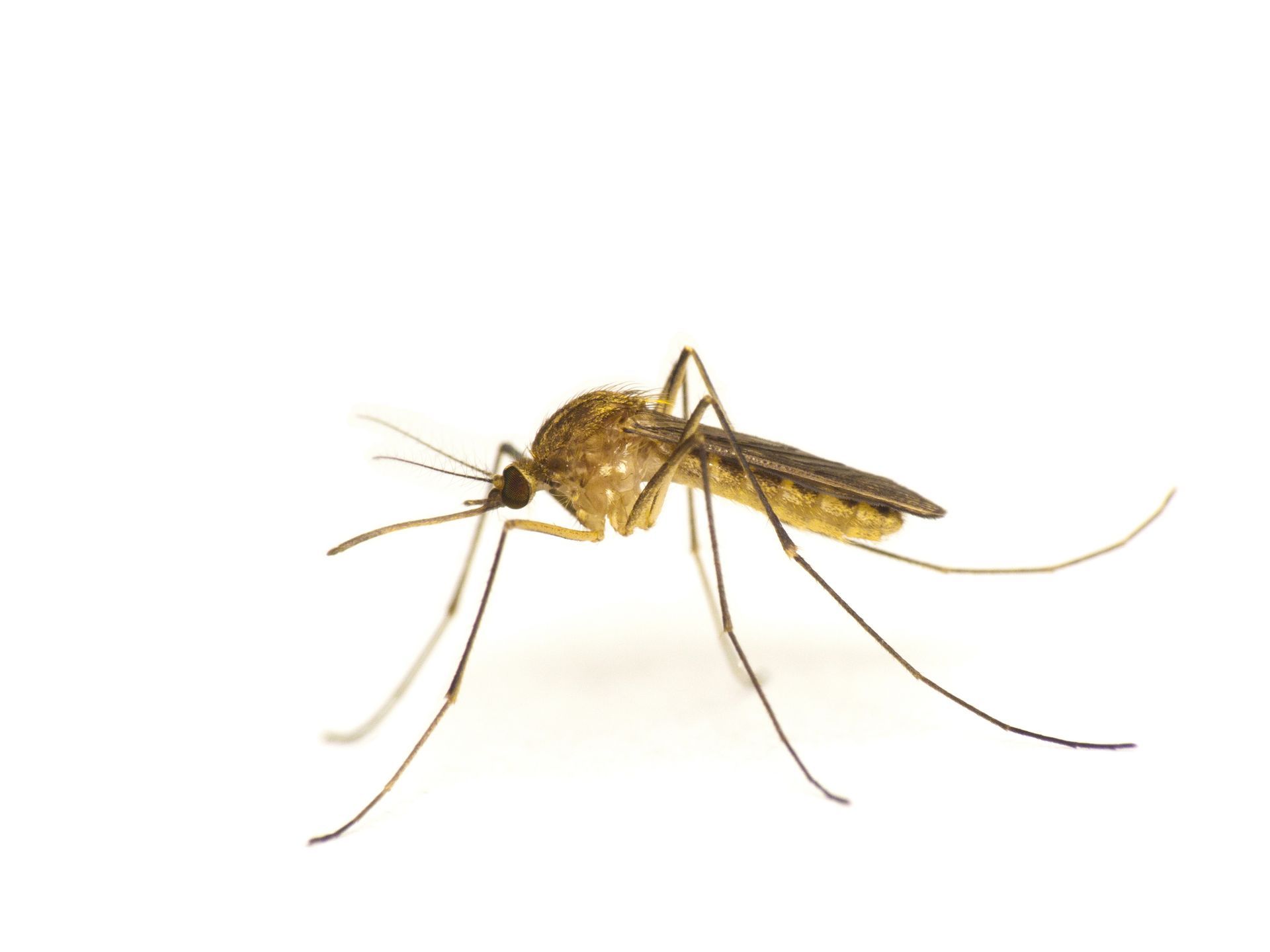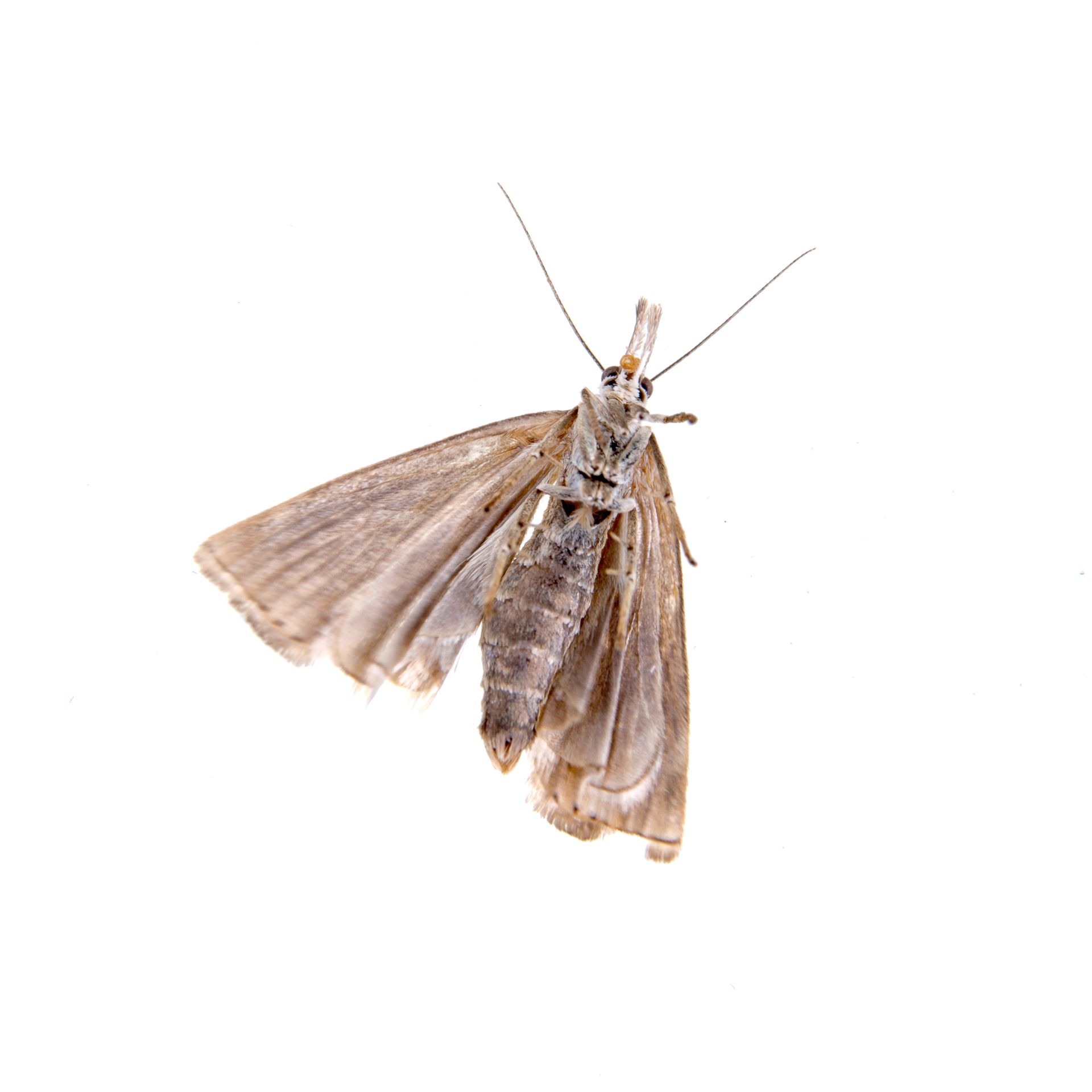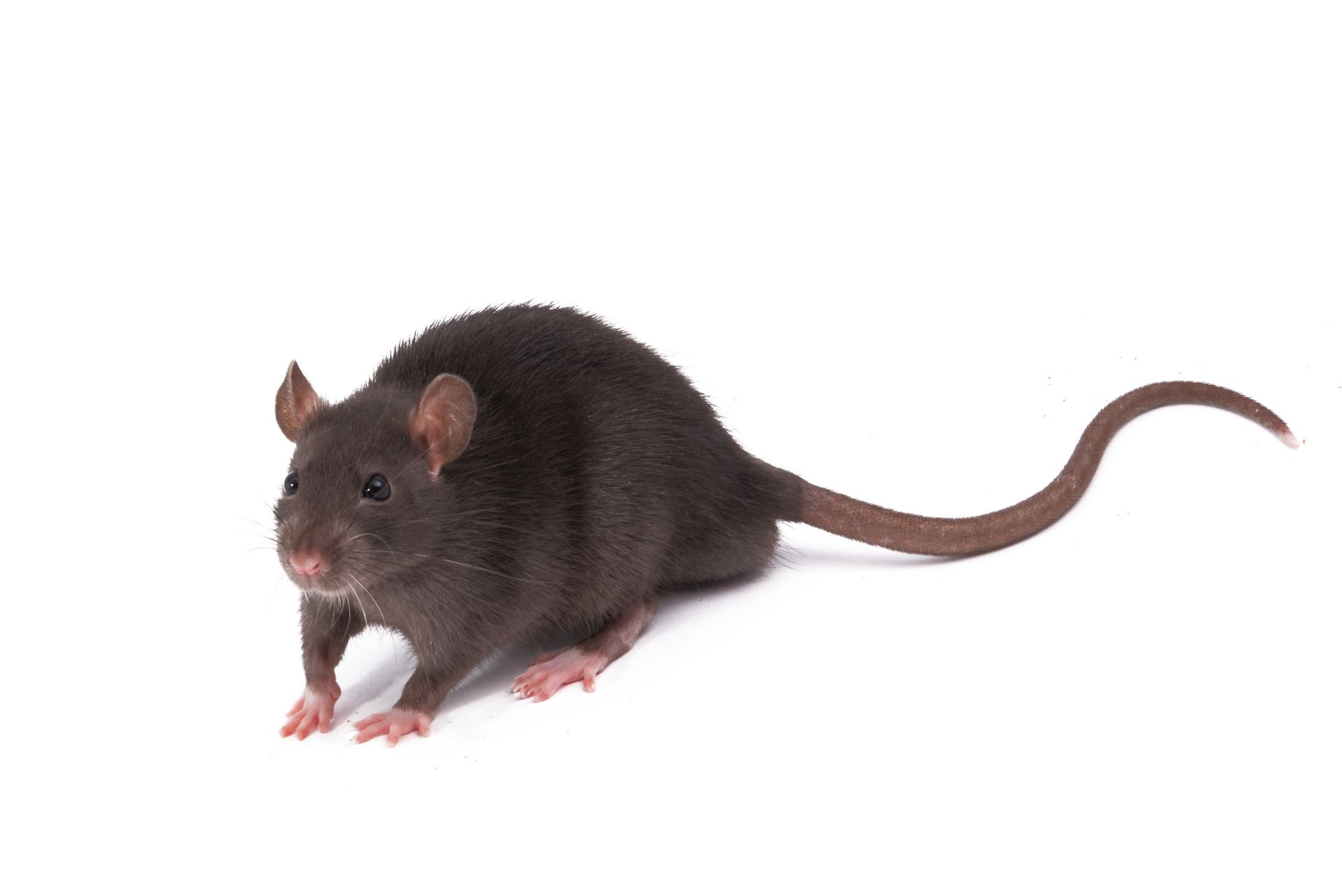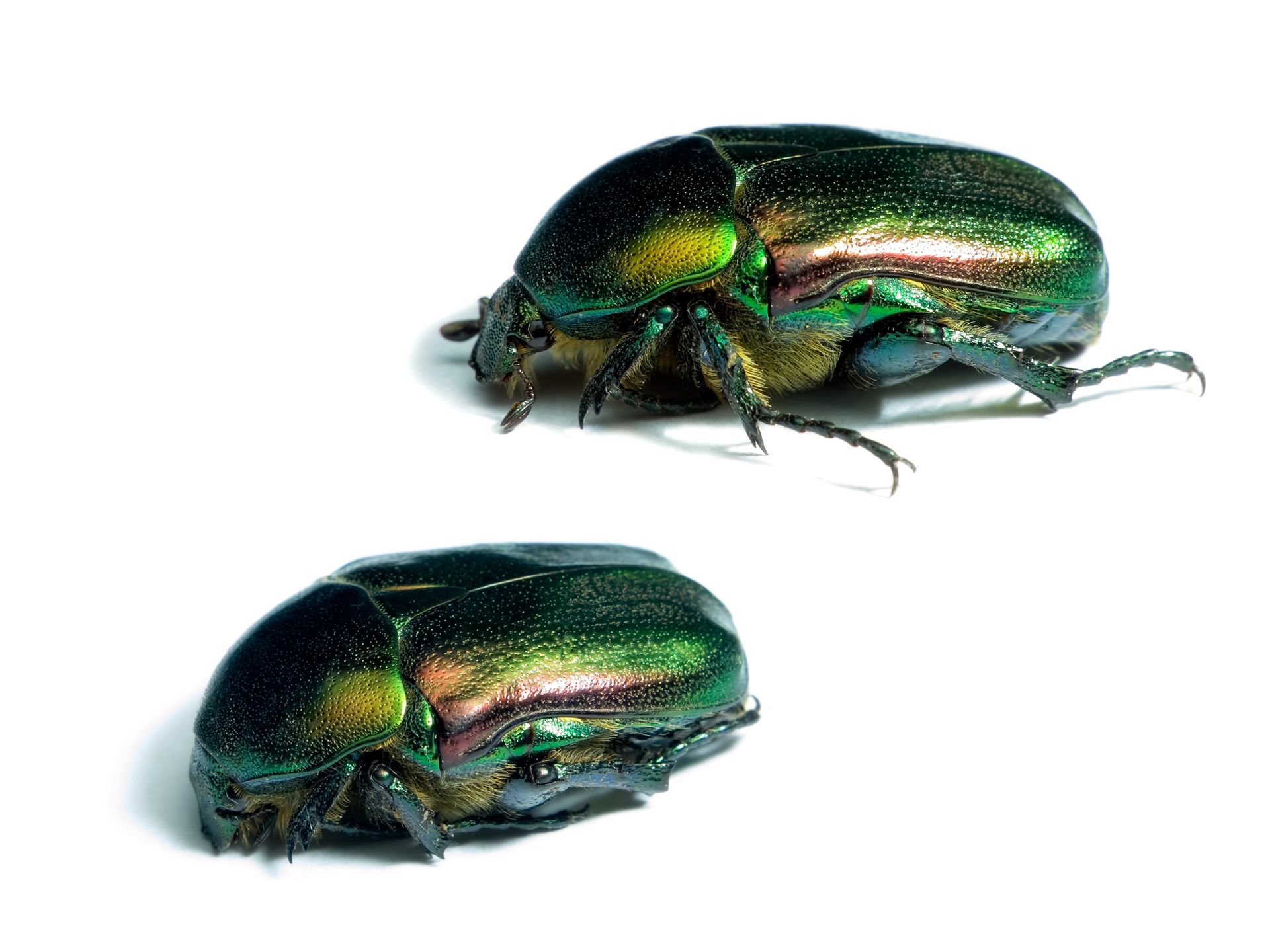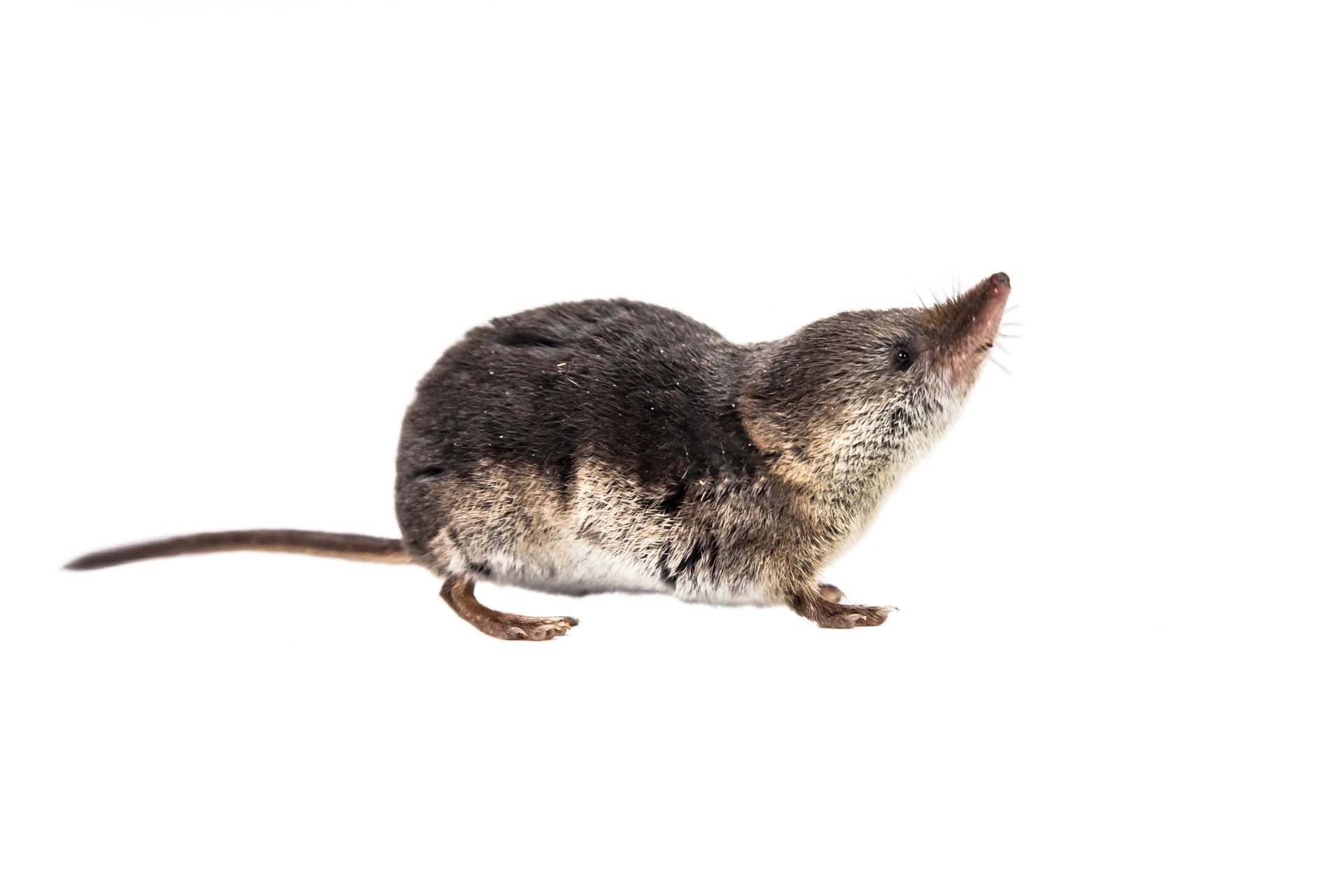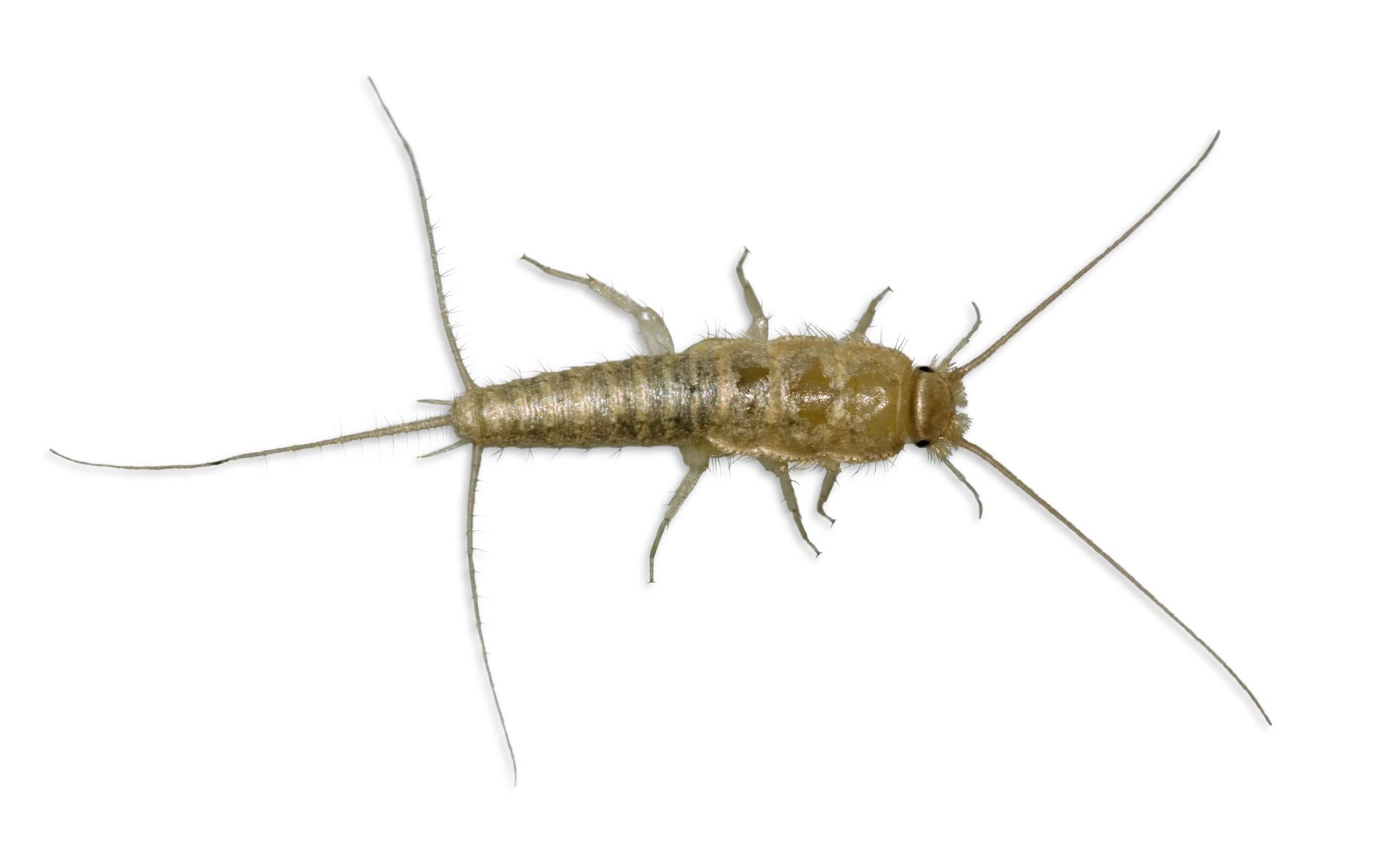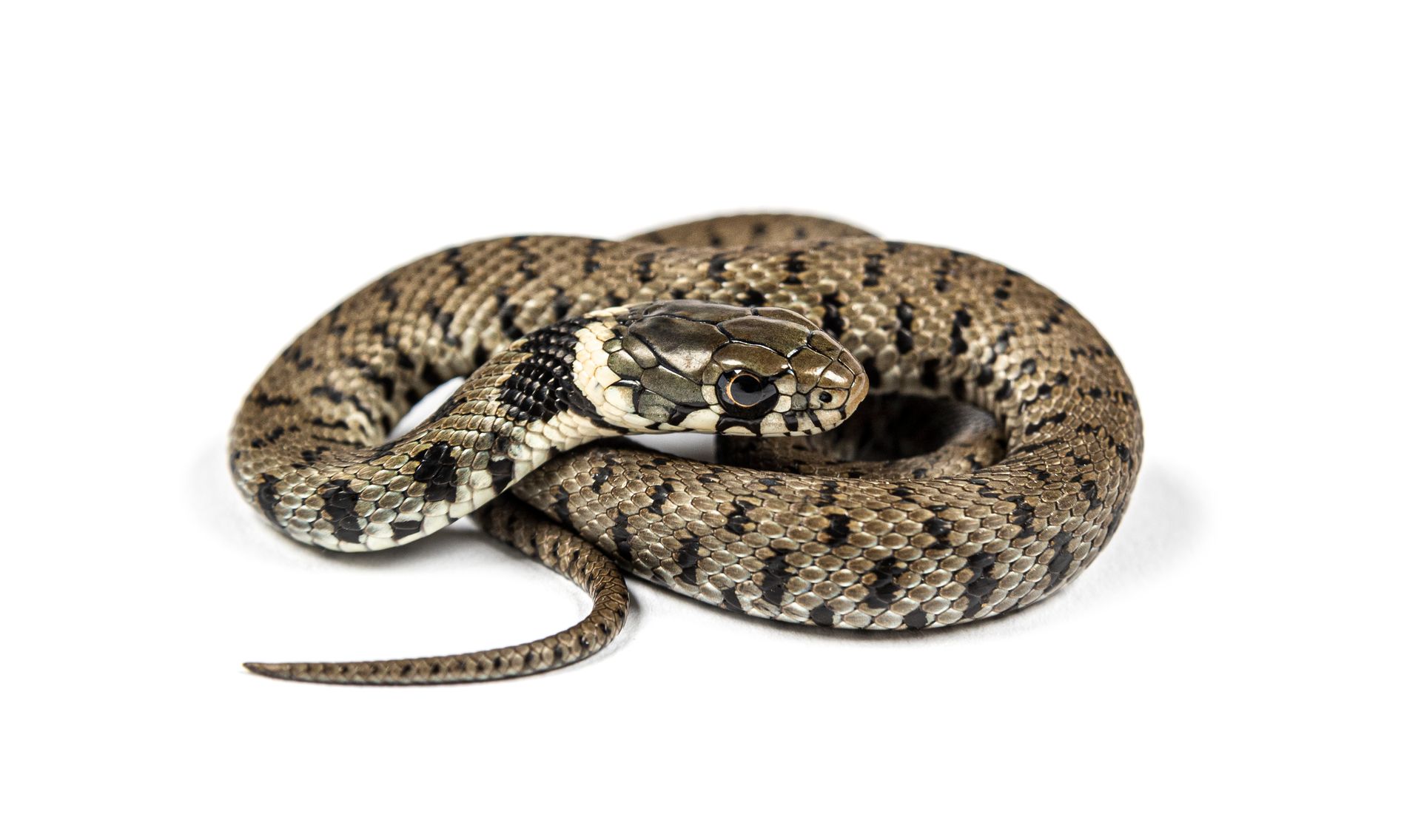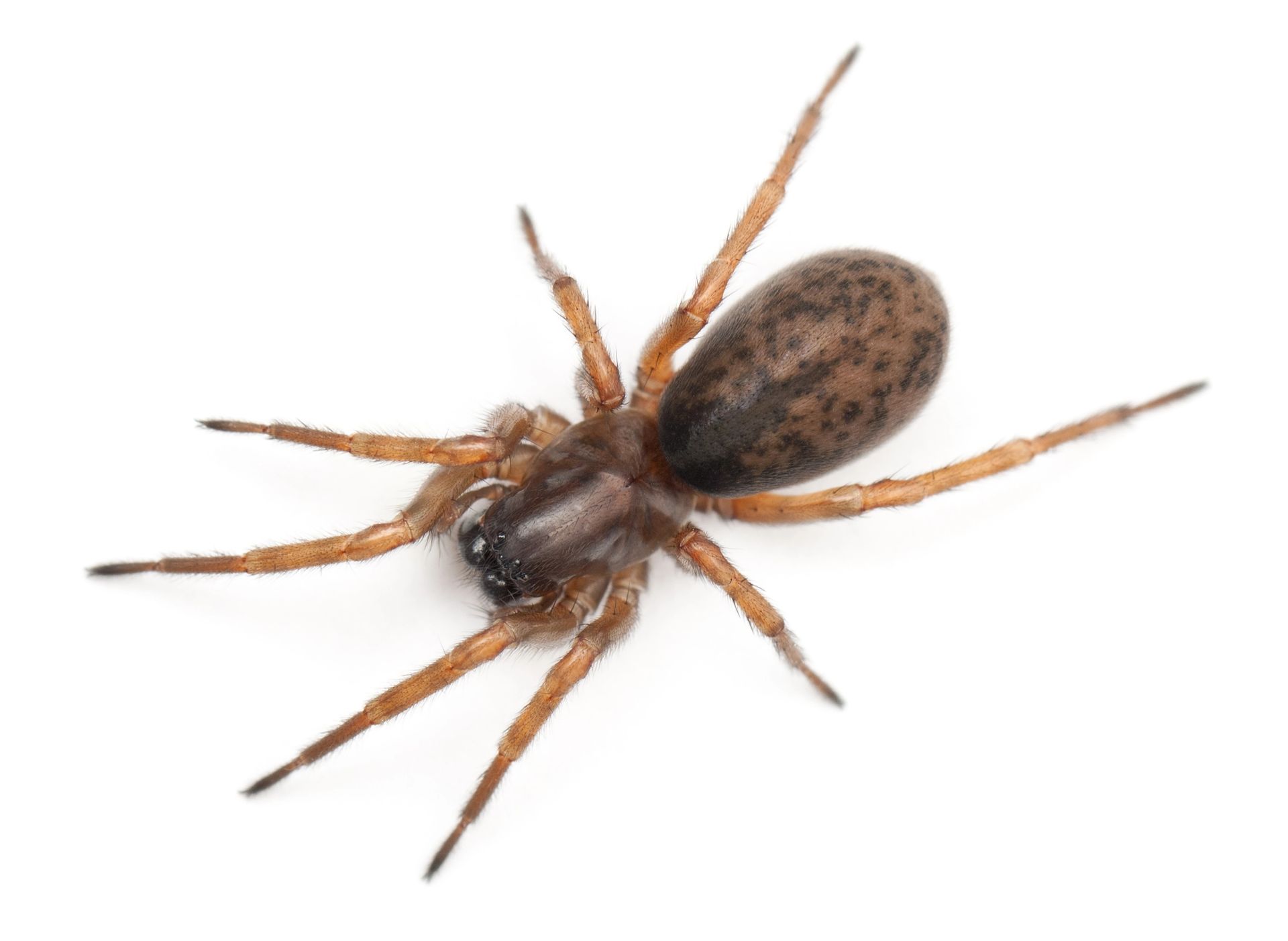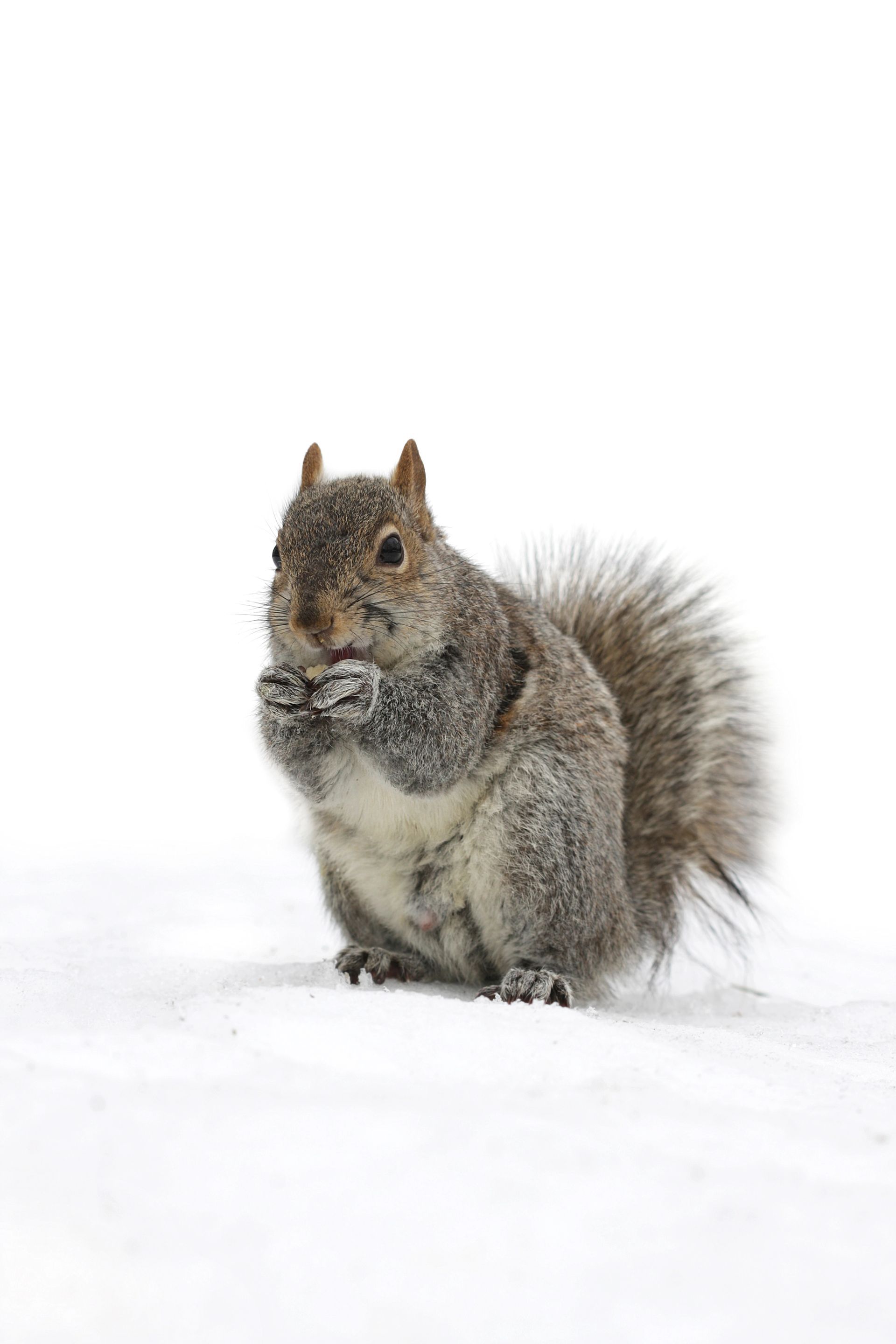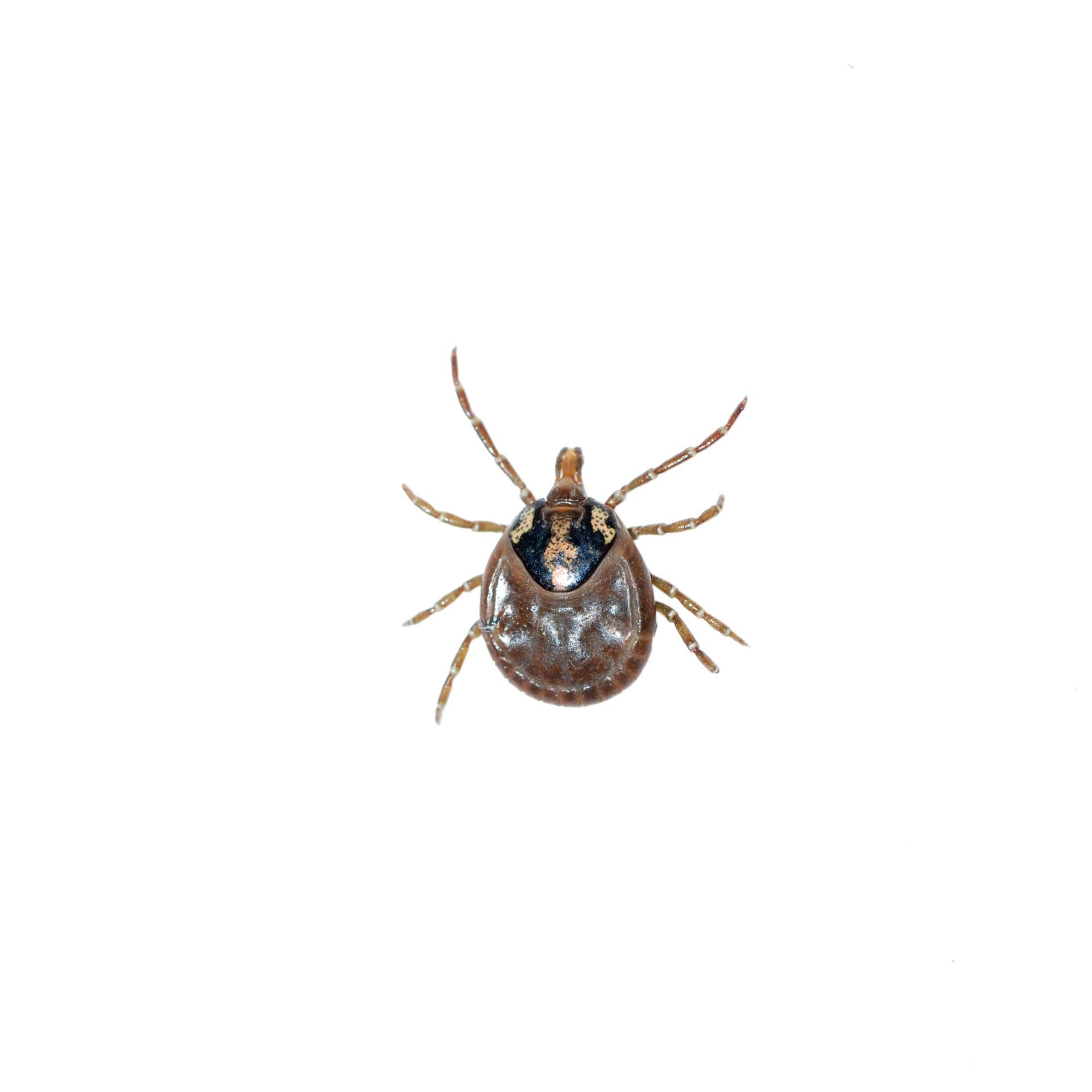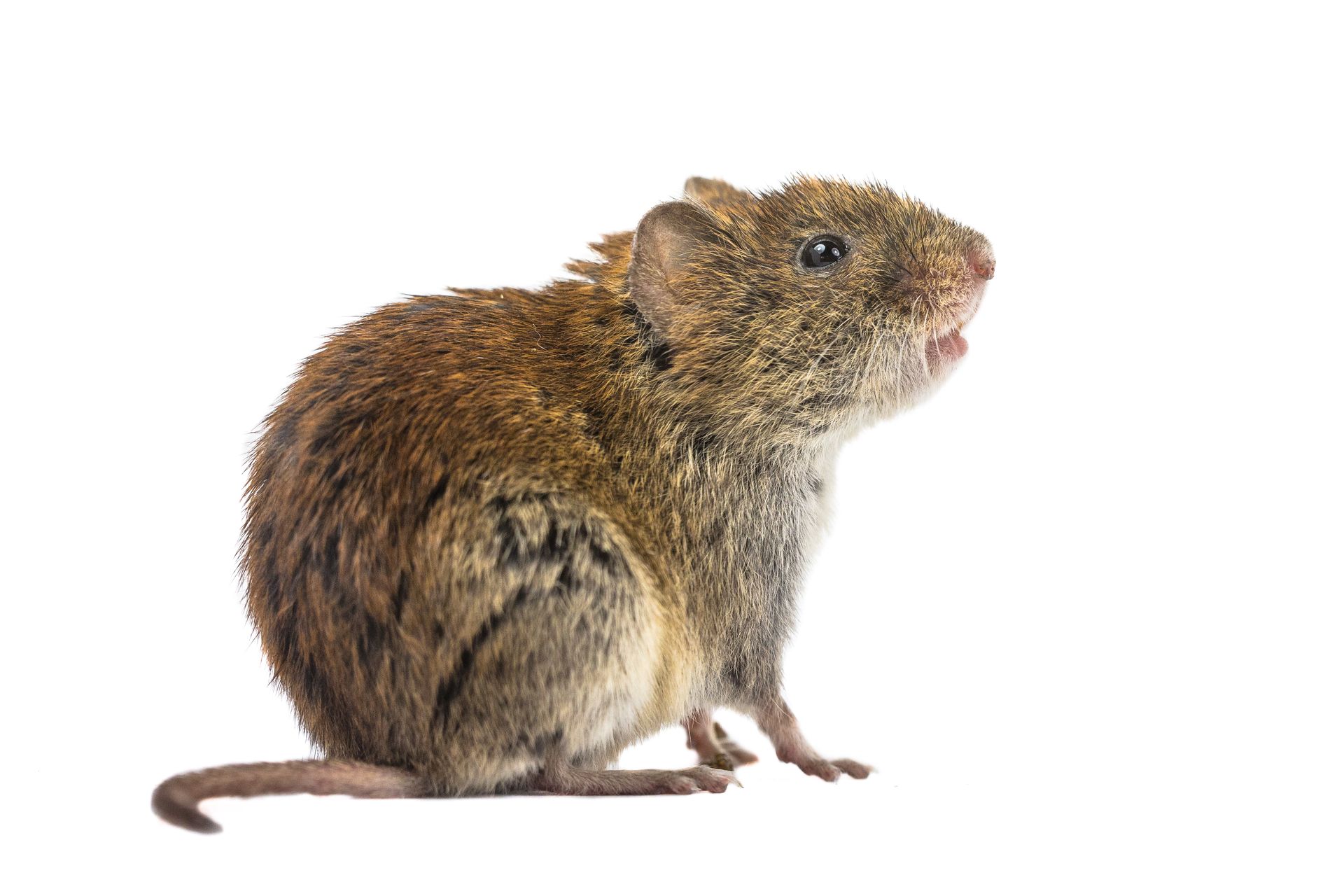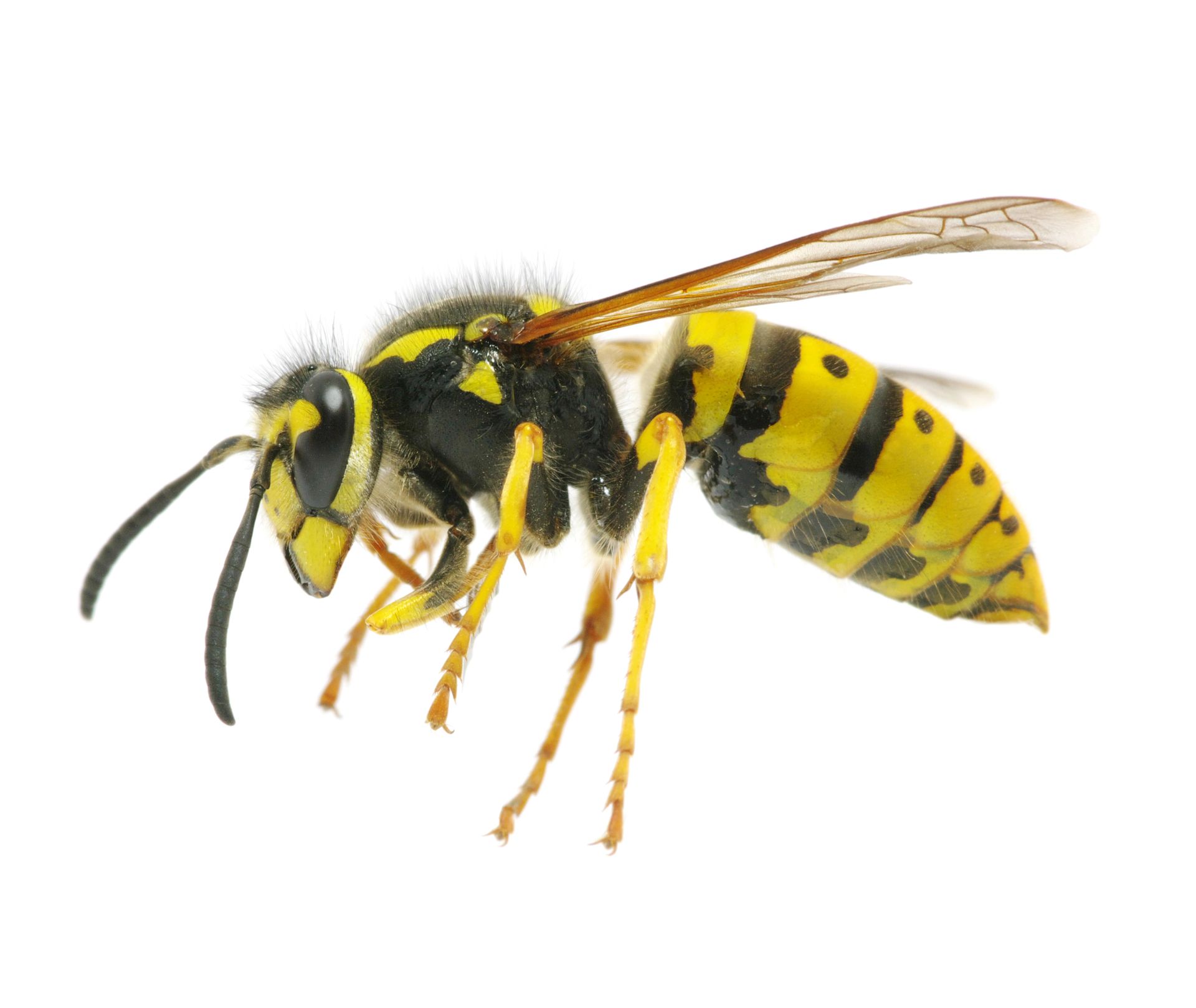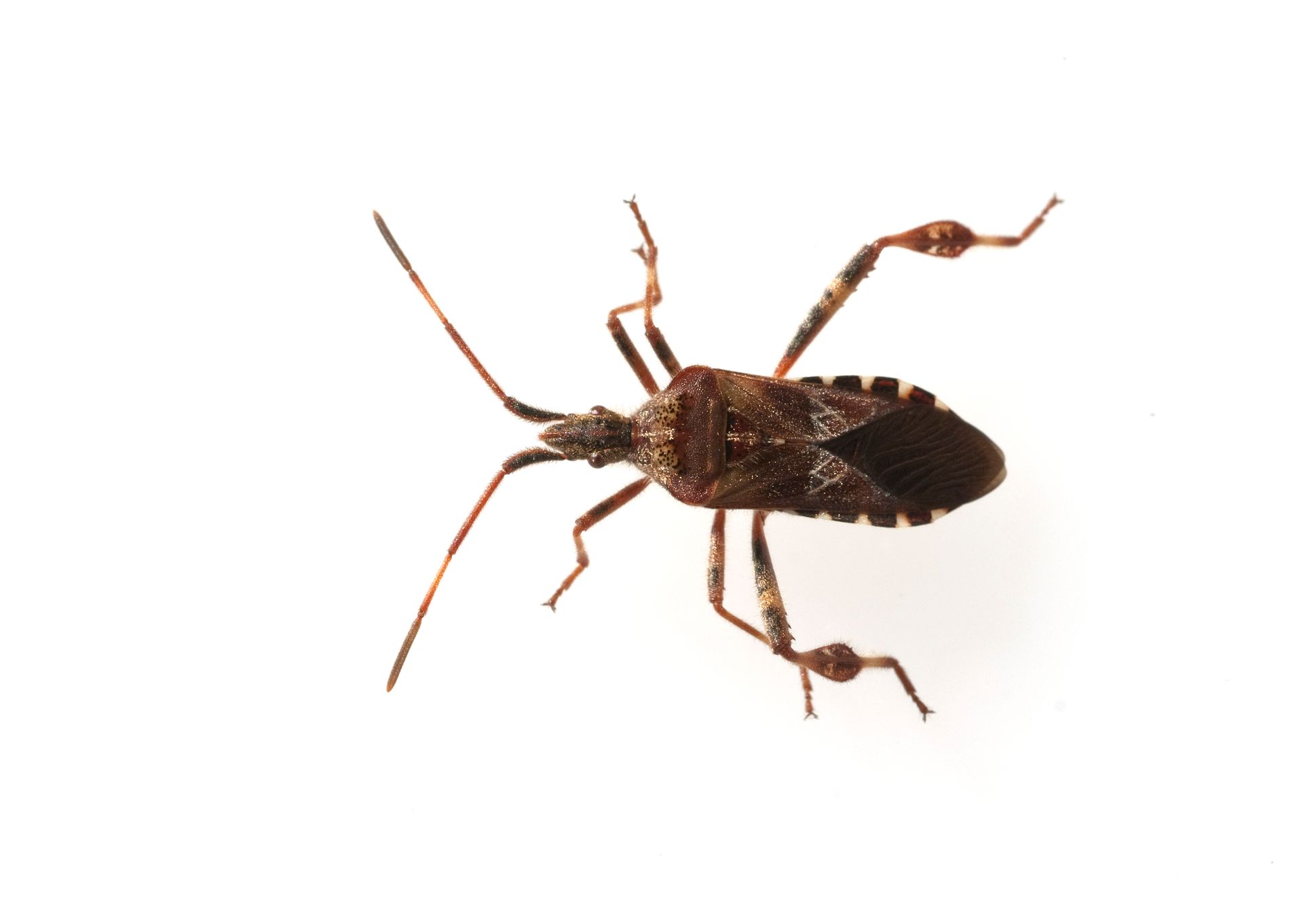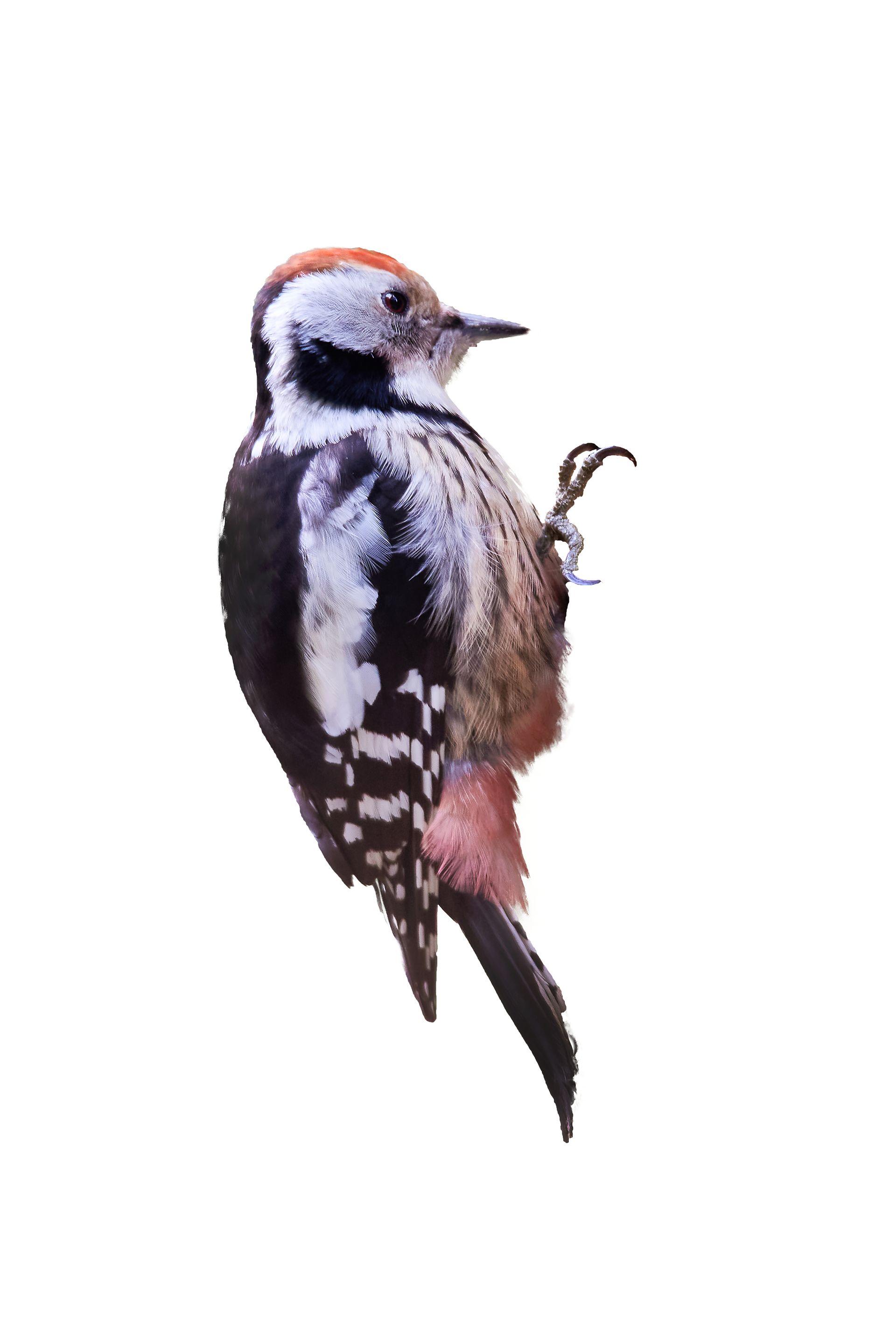Understanding Moles in Wisconsin
Moles are burrowing mammals commonly found in Wisconsin that can cause significant disruption to lawns, gardens, and landscapes. Although they play a role in controlling insect populations and aerating the soil, their presence on residential or commercial properties can lead to extensive damage. Understanding where moles are typically found, what attracts them, and why they are unsuitable for homes and buildings is essential for effective management and prevention.
Characteristics and Habitats of Moles
Moles are small mammals with cylindrical bodies, velvety fur, and powerful forelimbs designed for digging. They have small eyes and ears, which are often not visible. In Wisconsin, the Eastern mole (Scalopus aquaticus) is the most common species.
Moles are typically found in:
Outdoors:
Lawns and Gardens: Moles prefer areas with moist, loose soil that is easy to dig through, such as well-watered lawns, gardens, and flower beds.
Woodlands and Fields: They can also be found in forests, meadows, and agricultural fields where the soil is rich in organic matter and insects.
Golf Courses and Parks: These areas provide ample food and ideal soil conditions for moles to thrive.
Attractions on Properties
Moles are attracted to properties for several reasons:
Food Sources: Moles primarily feed on insects, earthworms, grubs, and other small invertebrates found in the soil. Properties with rich, moist soil are likely to have a high abundance of these food sources.
Soil Conditions: Moles prefer loose, sandy, or loamy soil that is easy to dig through. Well-maintained lawns and gardens provide ideal digging conditions.
Moisture: Moles are attracted to moist environments, which provide better conditions for their prey and easier digging.
Why Moles Are Not Suitable for Homes and Buildings
While moles are beneficial in natural ecosystems, their presence on residential and commercial properties can cause several problems:
Property Damage:
Lawn and Garden Destruction: Moles create extensive tunnel systems and molehills, which can ruin the appearance of lawns and gardens, making them unsightly and uneven.
Plant Damage: Although moles do not eat plants, their tunneling can disrupt root systems, leading to plant stress and death.
Soil Erosion:
Unstable Ground: The extensive tunneling by moles can weaken the soil structure, leading to soil erosion and potentially creating hazardous conditions for walking and maintaining the landscape.
Impact on Other Wildlife:
Secondary Damage: The presence of mole tunnels can attract other pests, such as voles, which use the tunnels to access plant roots and bulbs, causing further damage to gardens and crops.
Nuisance:
Recurring Issues: Moles are solitary and territorial, and new moles can move into an area once the original mole is removed. This can lead to recurring problems if not properly managed.
Prevention and Control
To prevent and control mole infestations on properties, consider the following strategies:
Reduce Food Sources:
Insect Control: Implement measures to control insect populations, such as grubs and earthworms, which are primary food sources for moles. This can be done through the use of nematodes, insecticides, or natural predators.
Modify Soil Conditions:
Soil Compaction: Compacting the soil in problem areas can make it less attractive to moles by making it harder for them to dig.
Physical Barriers:
Underground Fencing: Install underground fencing around gardens and flower beds to prevent moles from burrowing into these areas. The fencing should extend at least 2 feet deep and several inches above the ground.
Raised Beds: Use raised garden beds with wire mesh bottoms to protect plants from mole tunneling.
Trapping:
Mole Traps: Set mole traps in active tunnels to capture and remove moles from your property. This method requires knowledge of mole behavior and proper trap placement.
Professional Pest Control:
Inspection and Treatment: For severe infestations, contact a professional pest control service like BugBoss The X-Terminator for comprehensive mole management. Professionals can identify active tunnels and apply targeted treatments.
Ongoing Prevention: Regular follow-up treatments and inspections help ensure that moles do not return.
Understanding the habits and risks associated with moles in Wisconsin is crucial for protecting your property from damage. If you suspect a mole problem, taking swift action can prevent further issues and ensure a healthy, attractive landscape. Trust BugBoss The X-Terminator to provide expert advice and effective mole control solutions tailored to your needs.
Local Pests & Wildlife in Wisconsin



